Modern Art of Mexico. Blaisten Collection
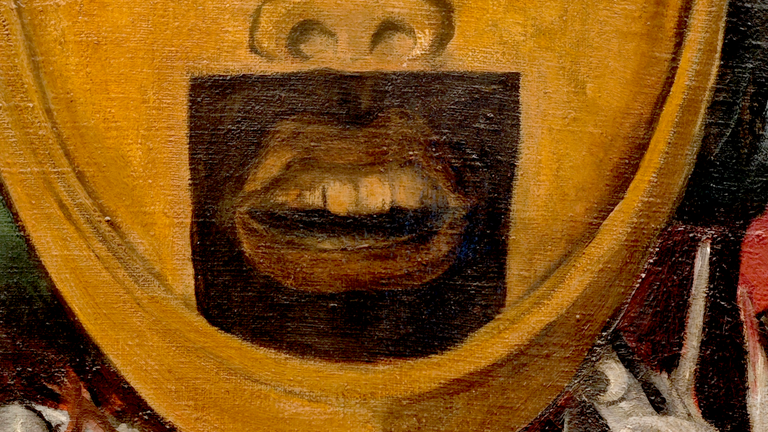
I return once again to the Casa de México in Spain (Madrid) with an exhibition that you know you are going to enjoy. It is the exhibition Modern Art of Mexico. Blaistein Collection, which was open to visitors from September 26 to February 16 of this year, 2025.
The Blaistein Collection consists of some 12,000 works of Mexican art by artists who stood out during the first three decades of the 20th century, most of whom were not part of the Mexican muralist movement.
Andrés Blaistein, the collector, explains how he started his collection in the 1970s, when abstraction reigned supreme in the world of Mexican painting. Unconcerned with fashion, Blaistein is interested in Mexican easel painting from the first third of the 20th century. Artists at that time were buried between the fashion of abstraction and the work of the great Mexican muralists.
But what caught my attention most was the fact that the main protagonist of the exhibition is not the artists represented there or Blaistein himself, but the art critic Margarita Nelken (Madrid, 1894 - Mexico City, 1968).
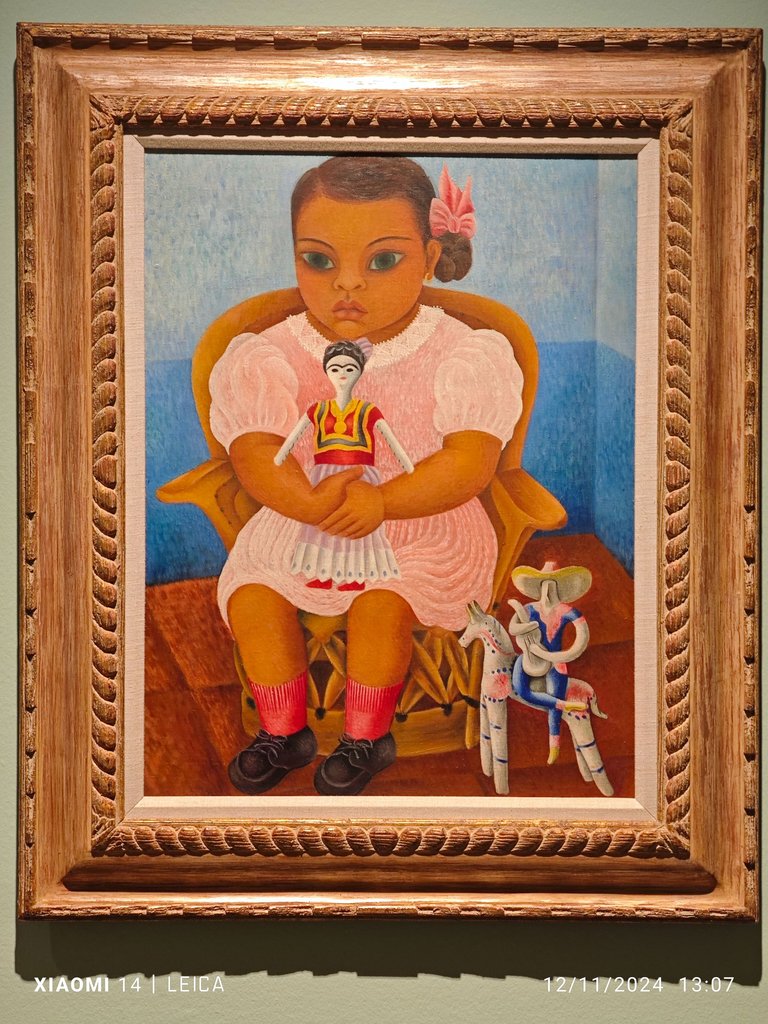
Rosa Rolanda. La niña de la muñeca. 1943
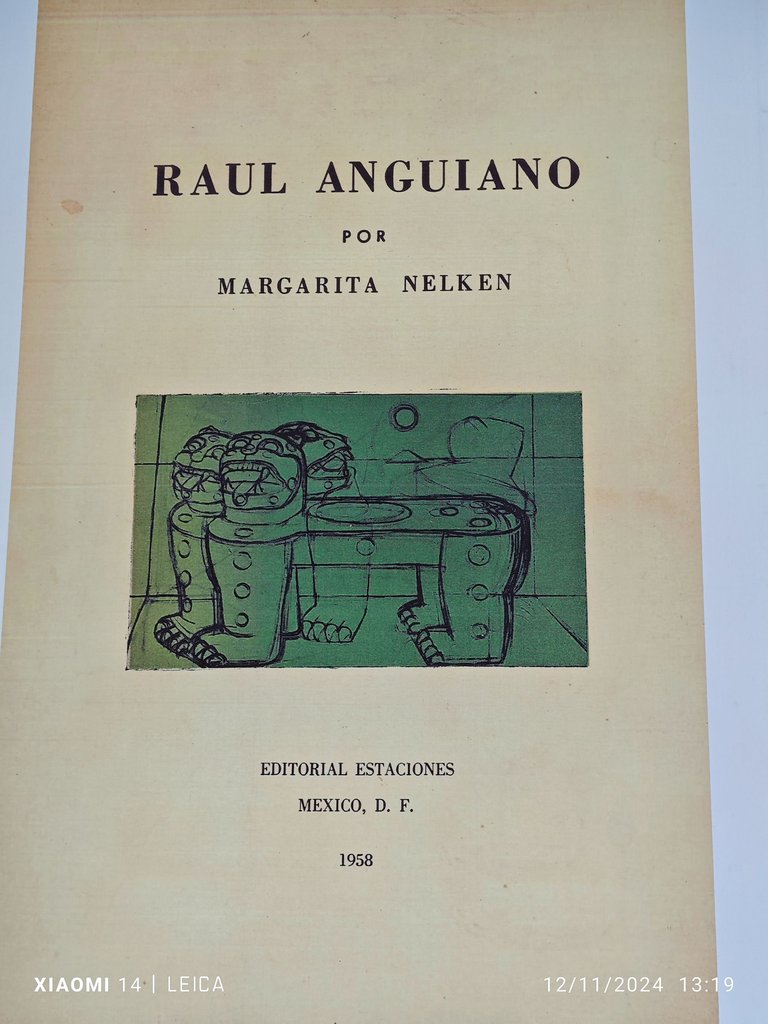 | 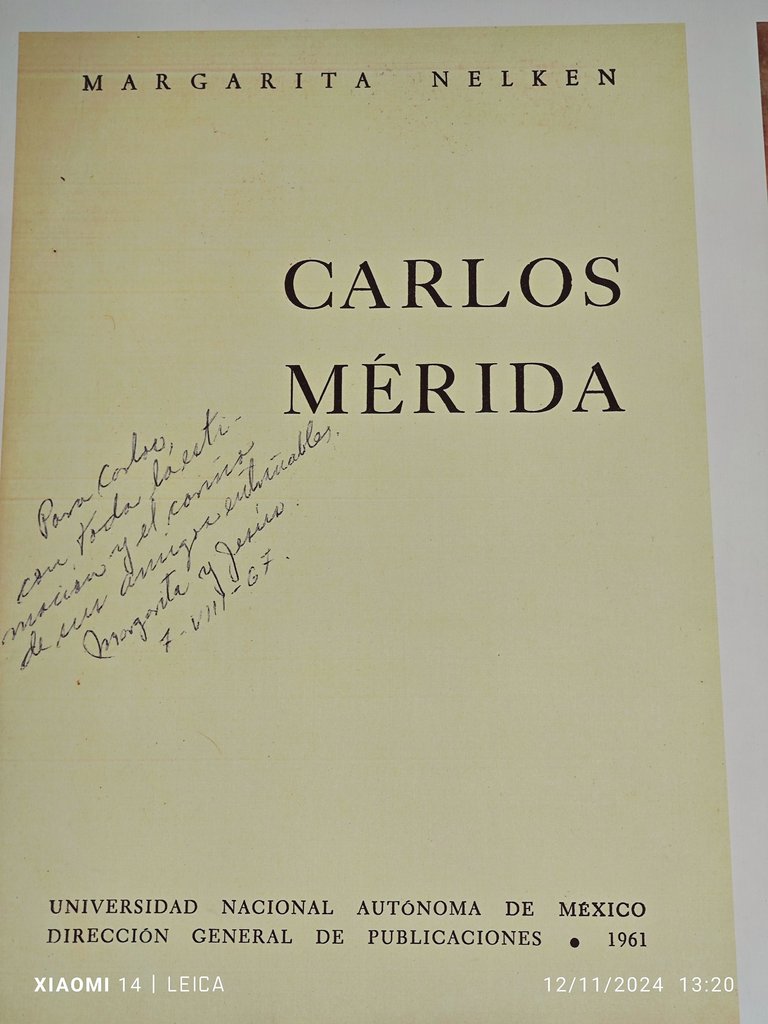 |
|---|
Monographs written by Margarita Nelken.
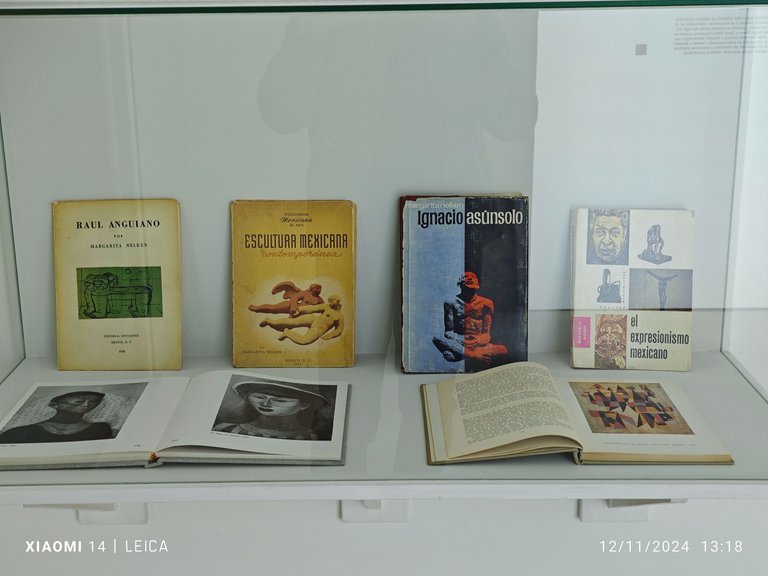
From the beginning of the exhibition, the figure of Margarita Nelken is explicitly present. The visit opens with a series of monographs written by her and dedicated to her favorite artists.
Margarita Nelken arrived in Mexico, like so many Spaniards, in exile after the defeat of the Second Spanish Republic by Franco's army. Welcomed by the Cárdenas government, Margarita Nelken, despite being Spanish, was a major player in the cultural debate in Mexico.
In this debate, Nelken was highly critical of muralism, believing that it had become superficial folklore. It was not so much a criticism of muralism as of institutionalized art. These objections to superficial art and her confrontation with Diego Rivera were undoubtedly the cause of her expulsion from the Communist Party.
However, with the support of President Cárdenas and Excelsior, one of Mexico's most important newspapers, Margarita supported other avant-garde trends and young non-muralist artists. Among these young artists were numerous women such as María Izquerdo, Olga Costa, Cecilia Calderón, and Lola Cueto, as well as the exiled Angelina Beloff.

Jorge González camarena. Perro de circo. 1932
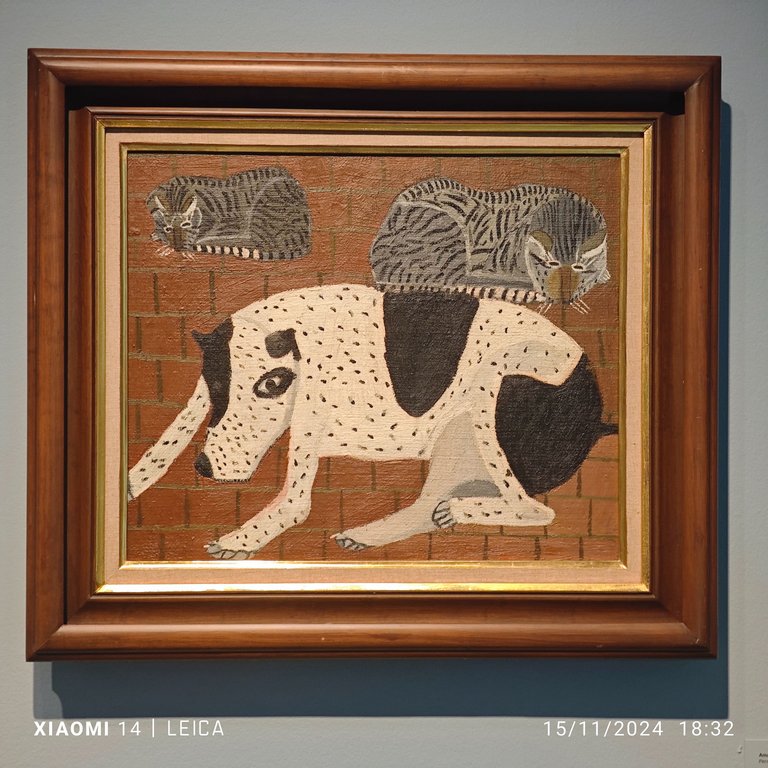
Amador Lugo. Perro con gatos. 1933-34
In El Excelsior, Margarita Nelken began her work as an art critic, writing her opinions in a section entitled “Páginas de Artes Plásticas” (Pages of Plastic Arts). This section was inaugurated with a text that made very clear, from the outset, what the goals of the section would be:
Art cannot become stagnant or remain within the narrow circle formed by a small group of painters, however great and brilliant they may be. Art, like all activities of the human spirit, is restlessness and movement. This restlessness must seek opportunities and stimulation in our social environment, so that it may bear fruit for the good of Mexican art.
Source of the quote and much of the text
It is precisely this spirit that is reflected in this exhibition. The openness to other contemporary trends in Mexican muralism and the rejection of institutionalized art which, like a stuffed animal, remains soulless and on the margins of life.
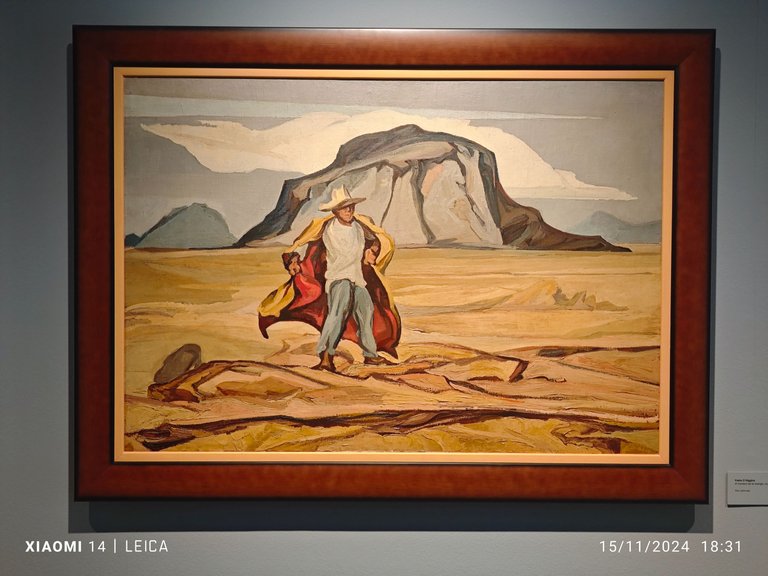
Pablo O´Higgings. El hombre de la manga. 1950
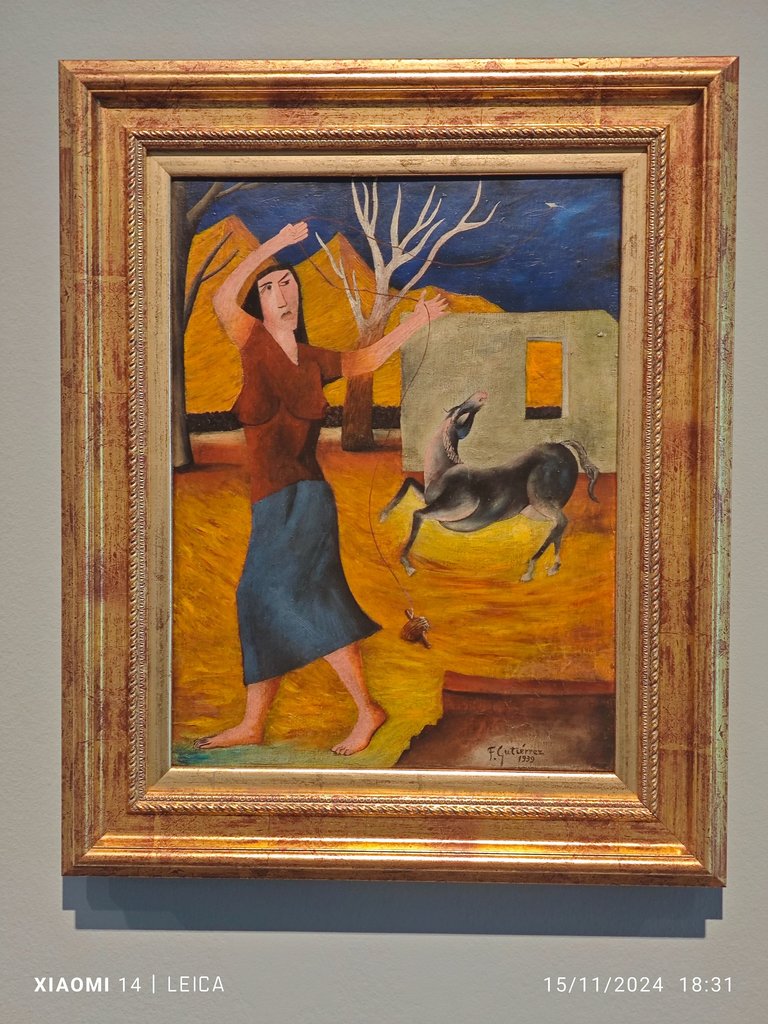
Francisco Gutierrez. El papalote. 1939
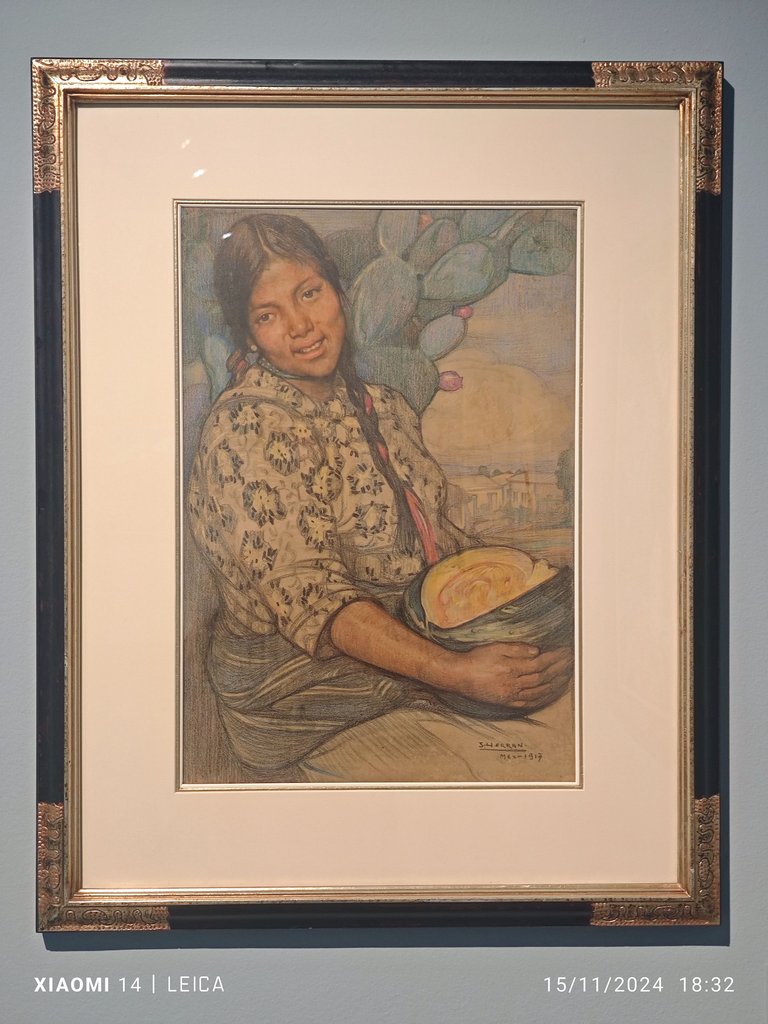
Saturnino Herrán. Joven con calabaza. 1917
Of the works in the exhibition, I would highlight the textile works of Lola Cueto, Roberto Montenegro, whose “Síntesis” I am in love with, the engravings of José Guadalupe Posada, the surrealist “Puerta estrecha” by Carlos Mérida, “Las tres parcas” by Manuel Rodríguez Lozano, and I end my personal selection with Rosa Rolanda. It was a great surprise to see a small painting by Diego Rivera, and even more surprising was its clearly surrealist theme.
In addition to two-dimensional images, there was also space for sculpture. I am including some photographs in this post.
For my part, I can only say that I thoroughly enjoyed this selection from the Blaistein Collection. It is an exhibition in which typical Mexican themes (as I see them) are expressed through the styles of the European avant-garde of the early 20th century without losing their national roots.
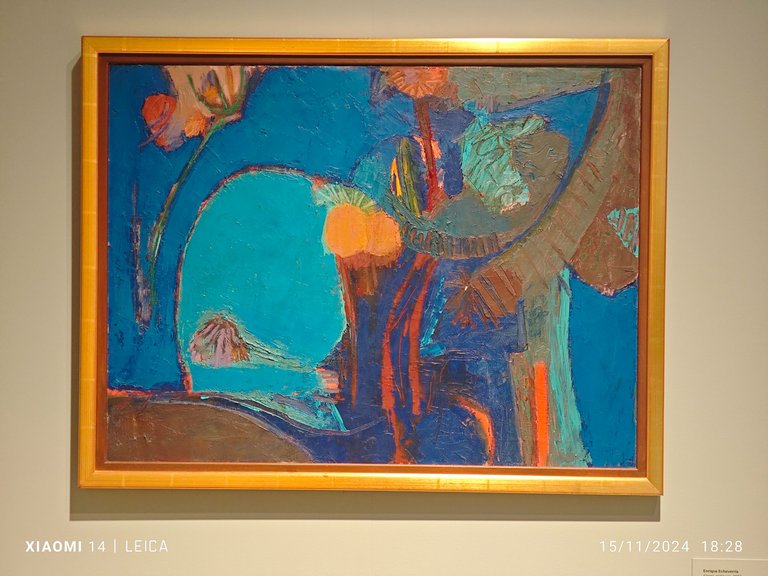
Enrique Echevarría. Flores antiguas. 1967
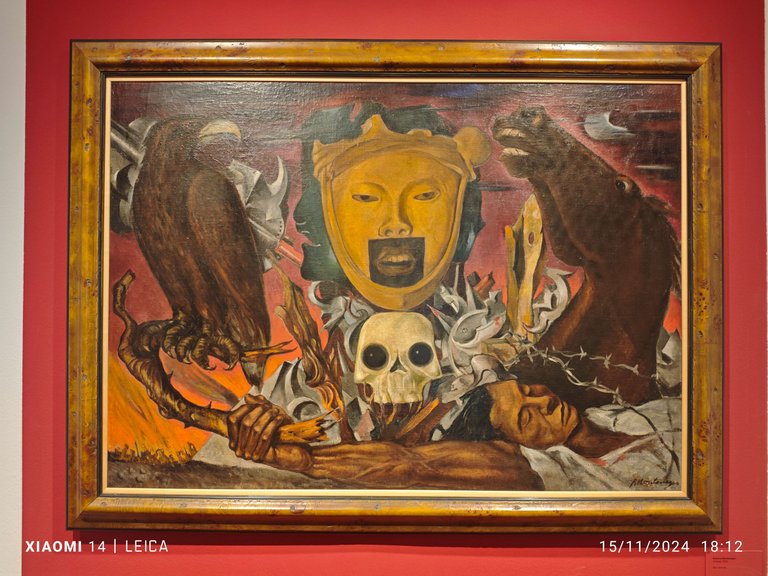
Roberto Montenegro. Sínteis. 1939
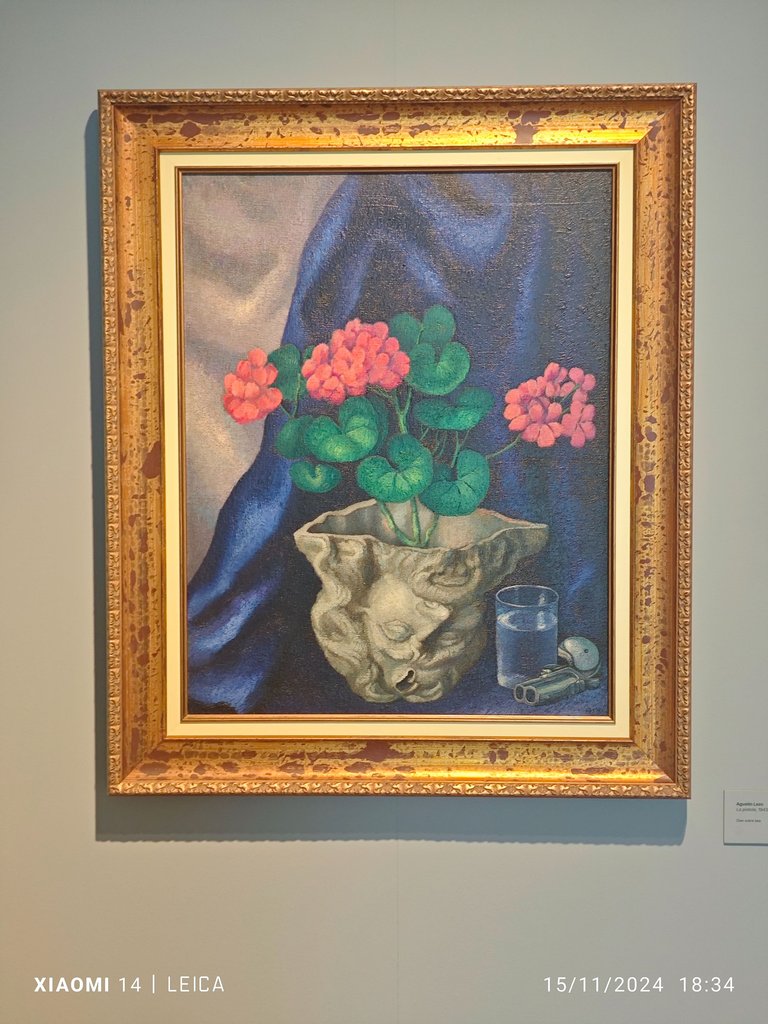
Agustín Lazo. La pistola. 1943
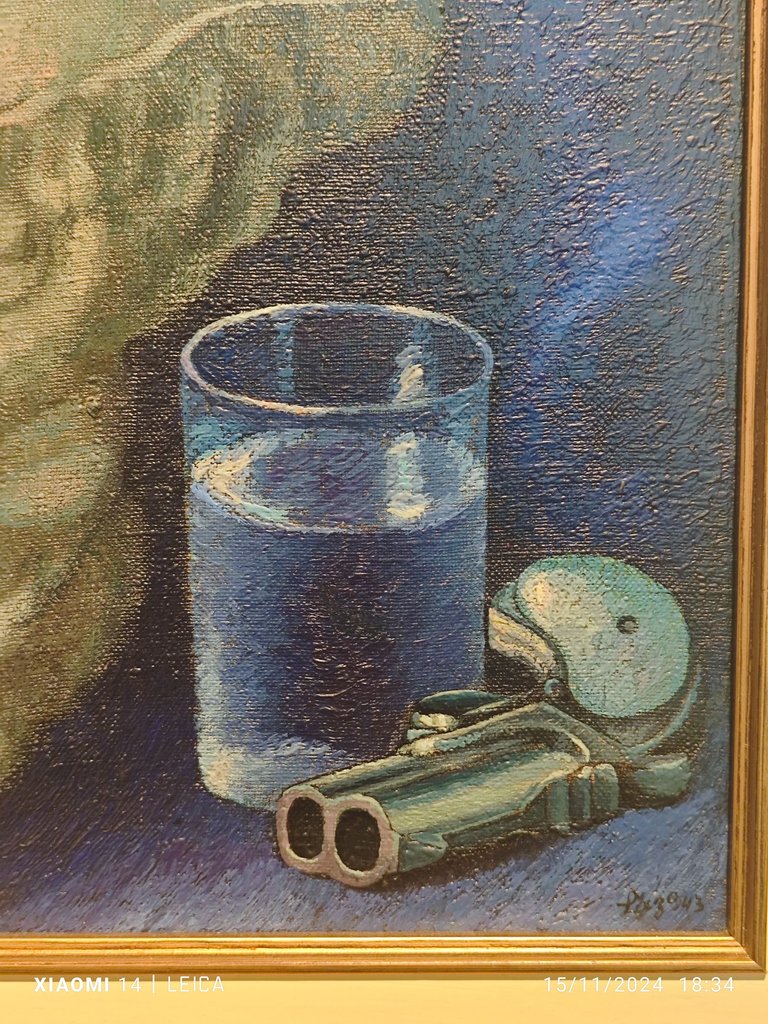
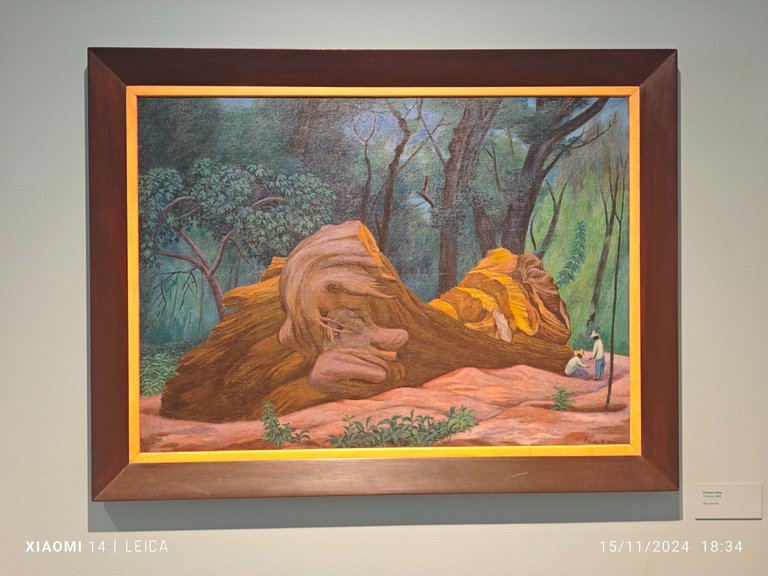
Feliciano Peña. Troncos. 1944
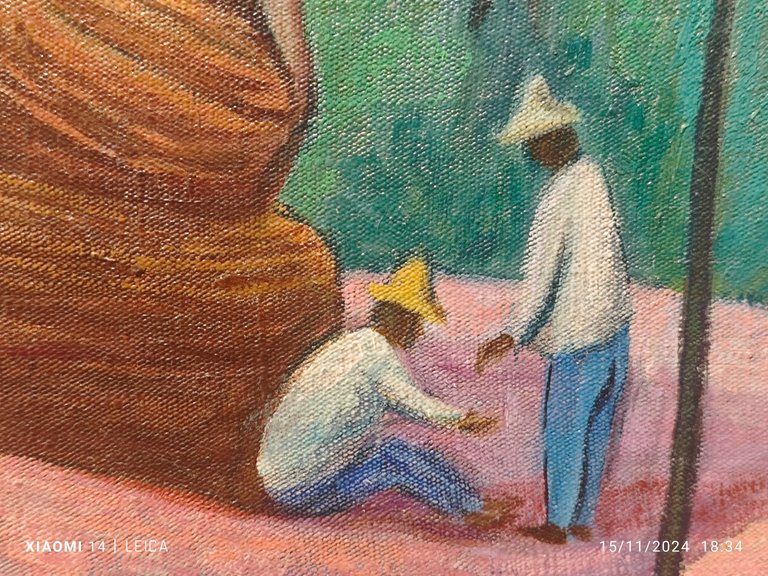

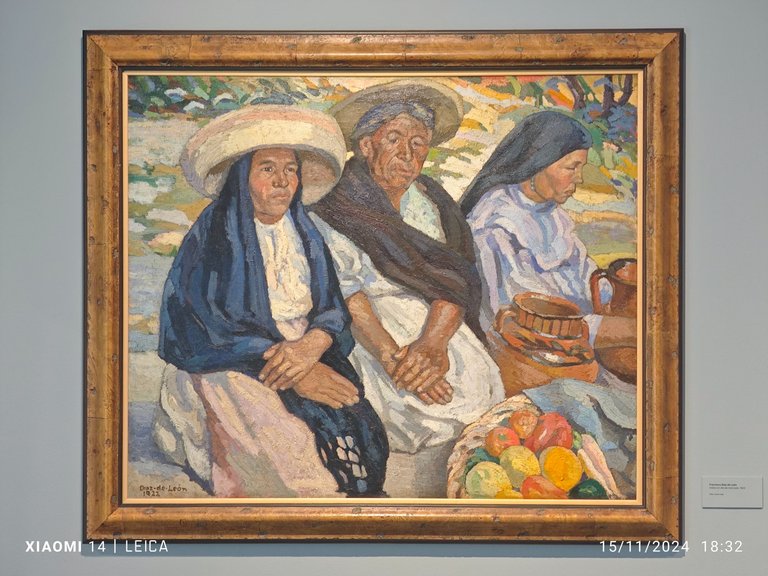
Francisco Díaz de León. Vendedoras de frutas. 1923

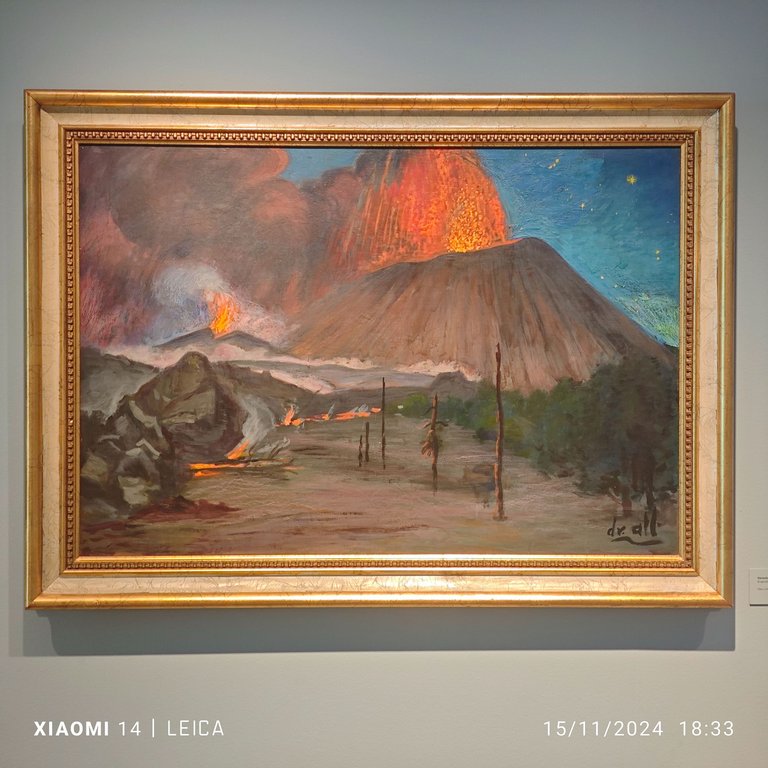
Gerardo Murillo, Dr. Atl. Erupción en apogeo. 1960
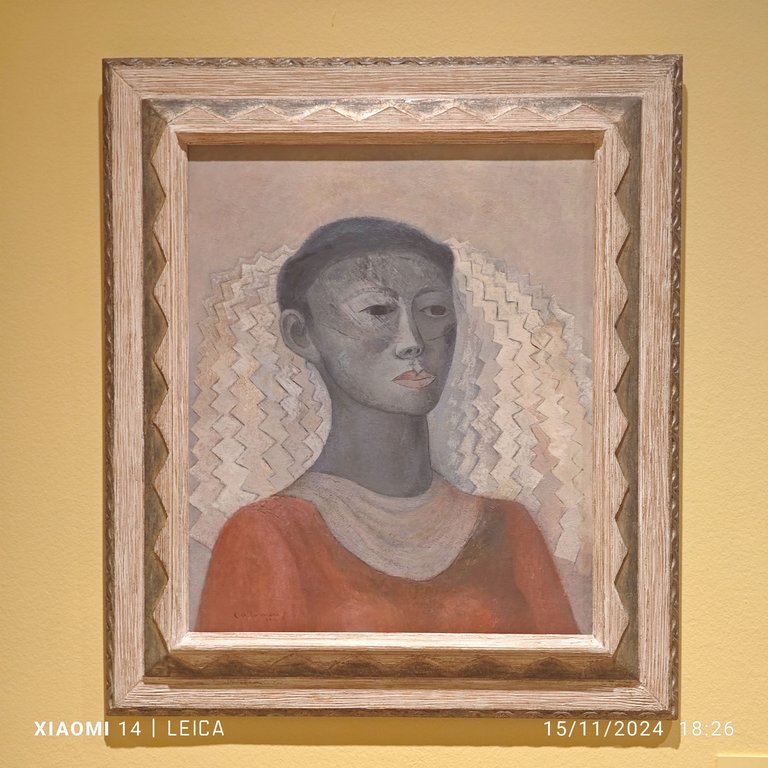
Carlos Orozco Romero. Tehuana
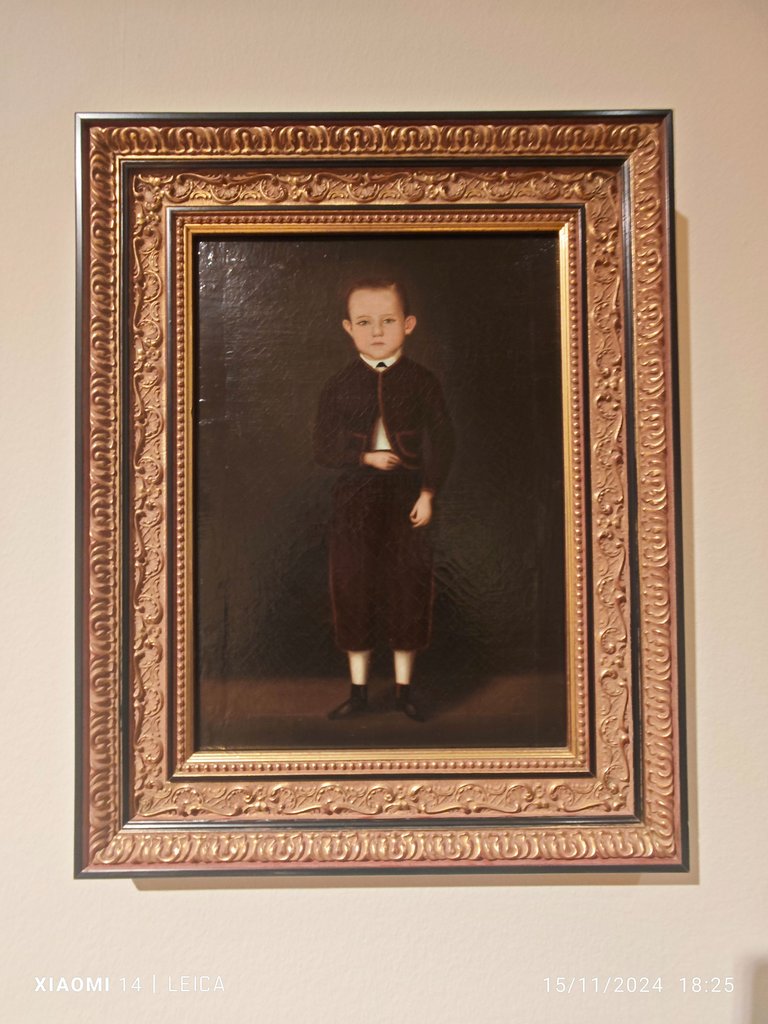
Hermenegildo Bustos. Retrato del niño Enrique González. 1865
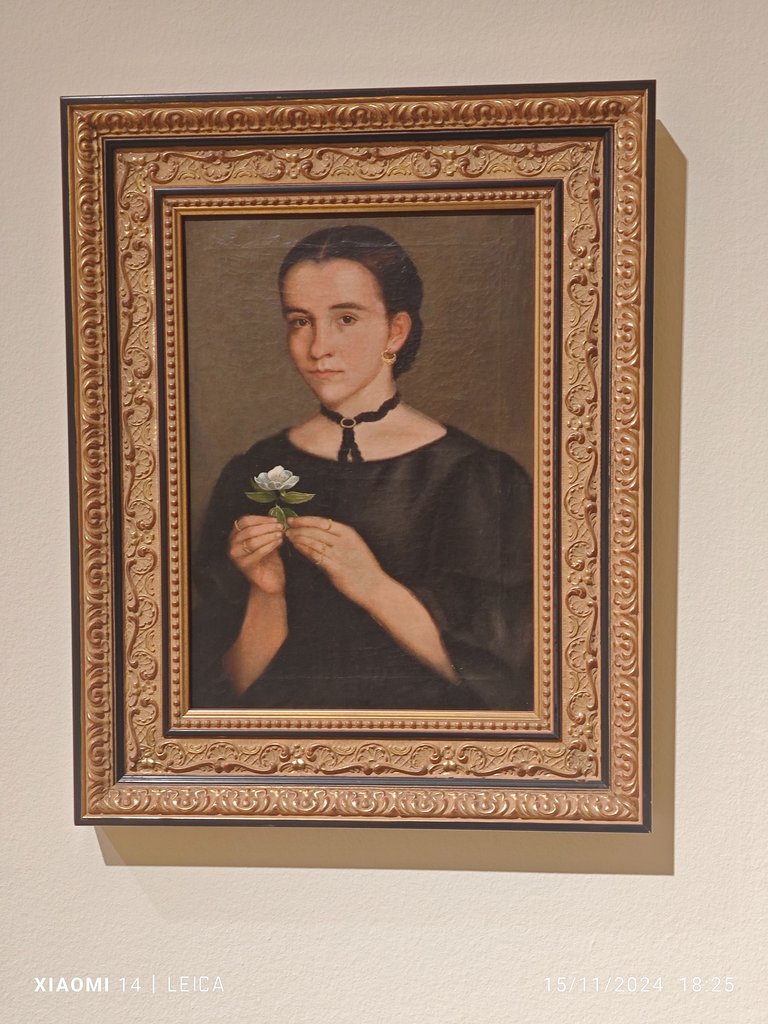
Hermenegildo Bustos. Retrato deDolores Hoyos. 1864
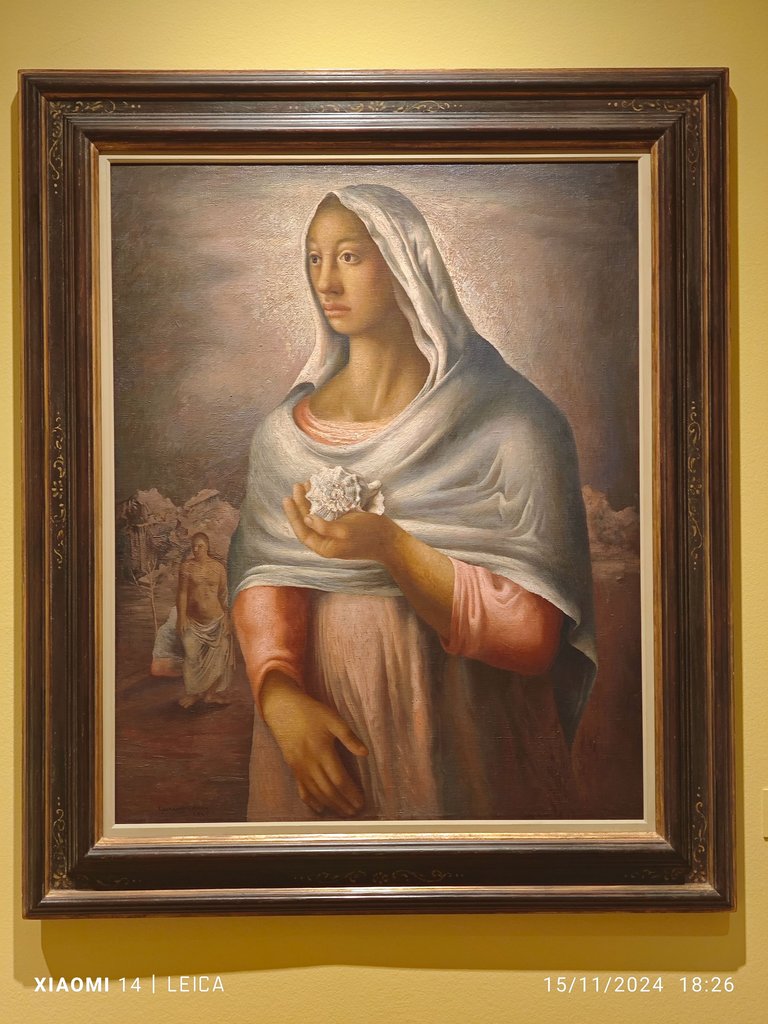
Jesús Guerrero Galván. Mujer con Caracol. 1940
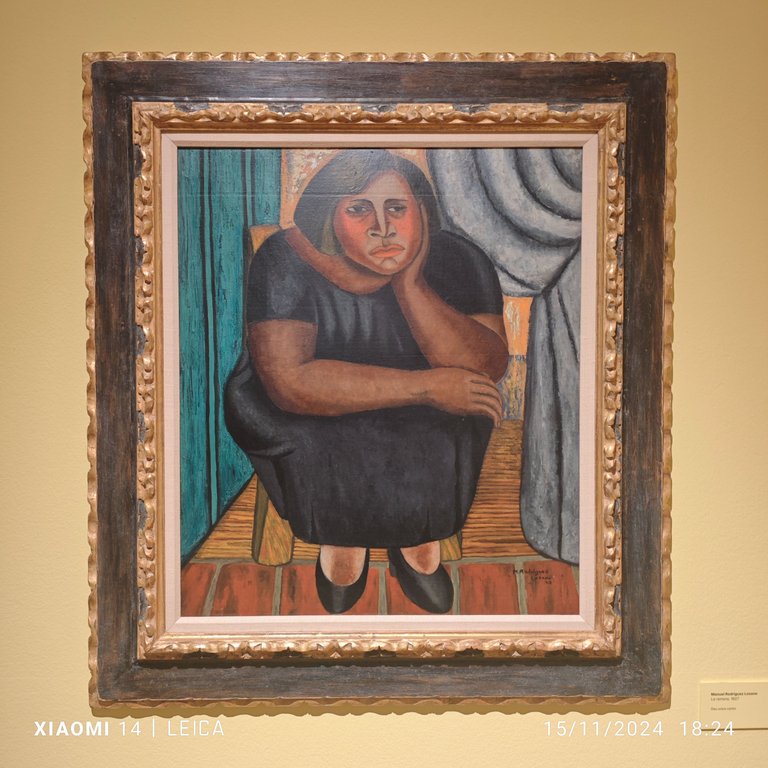
Manuel Rodriguez Lozano. La ramera. 1927
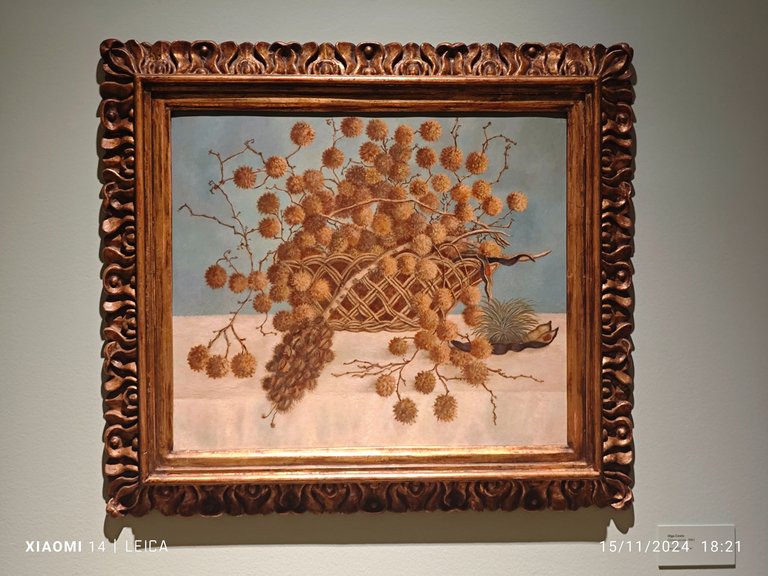
Olga Costa. Flores Secas. 1962
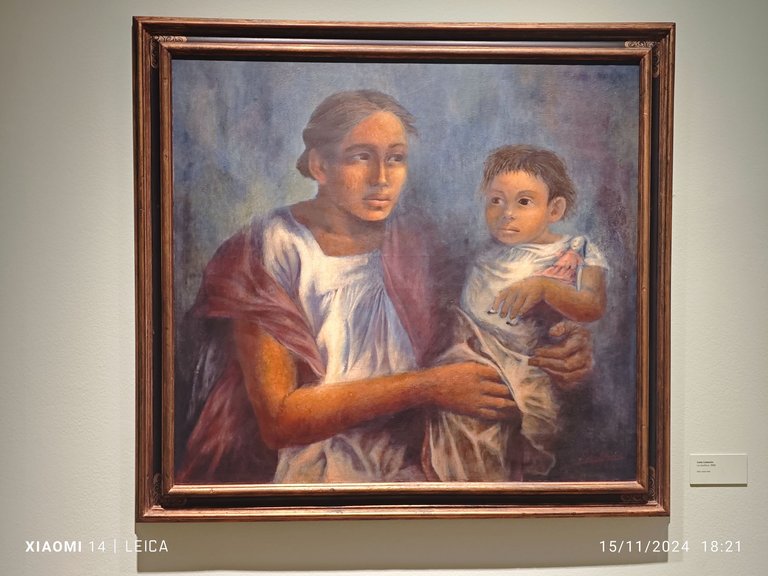
Cecilia Calderón. La Muñeca. 1966
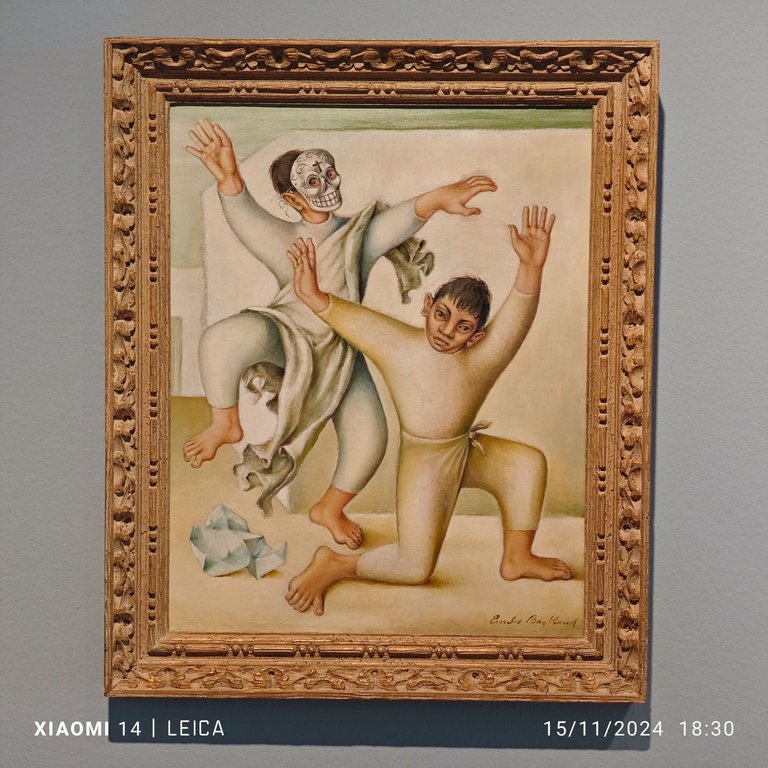
Emilio Baz Viaud. El coco. 1955
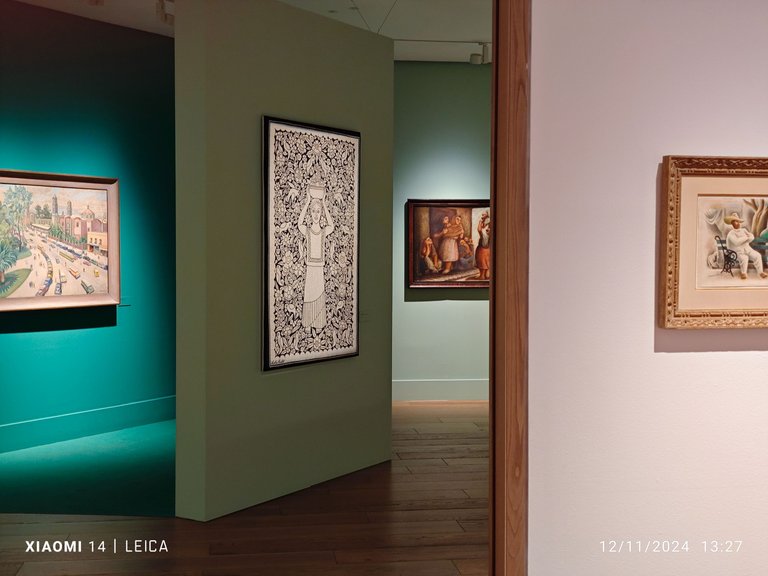
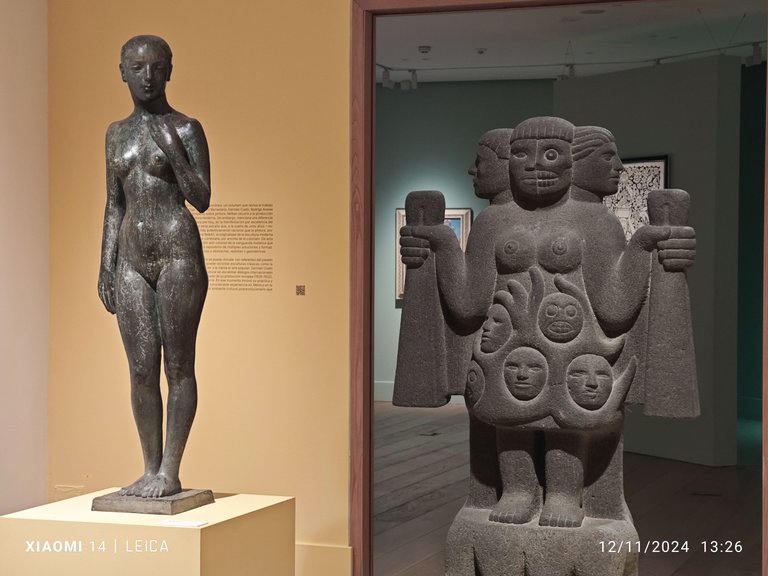
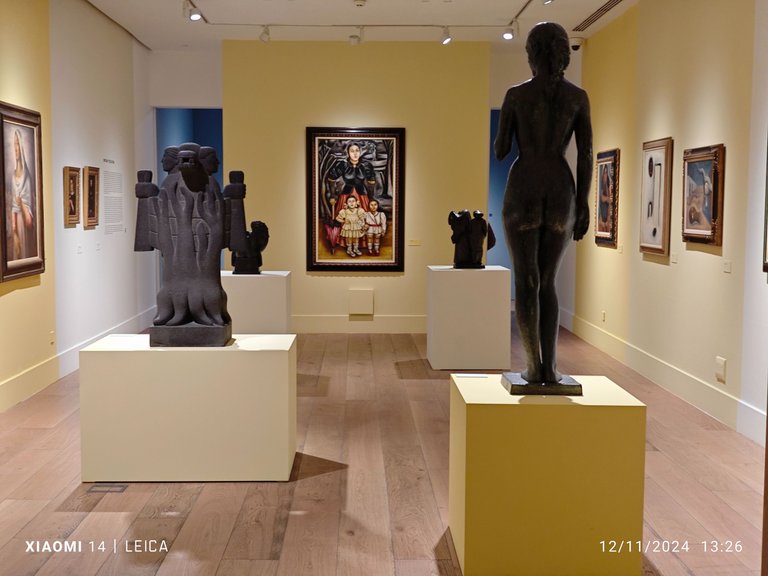
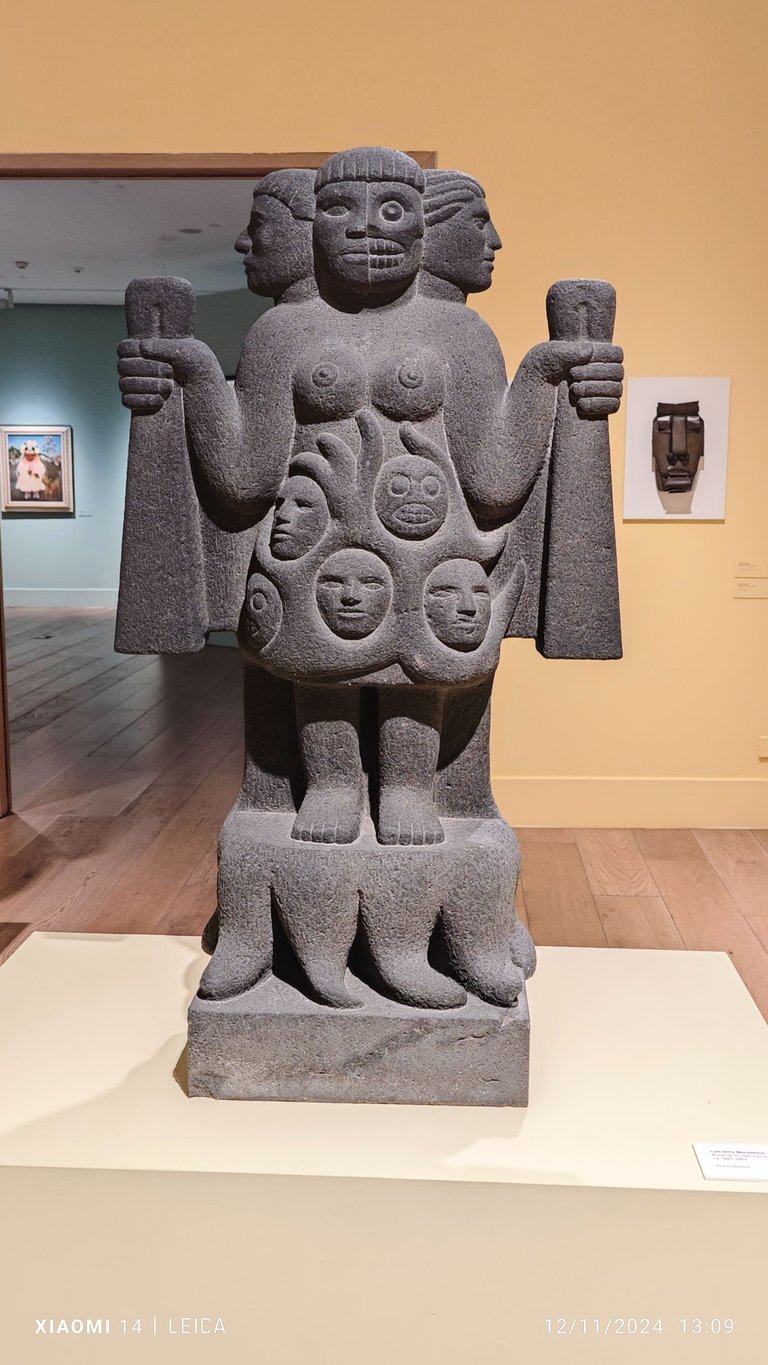 |  |
|---|
Luis Ortiz Monasterio. El árbol de la vida y la muerte.
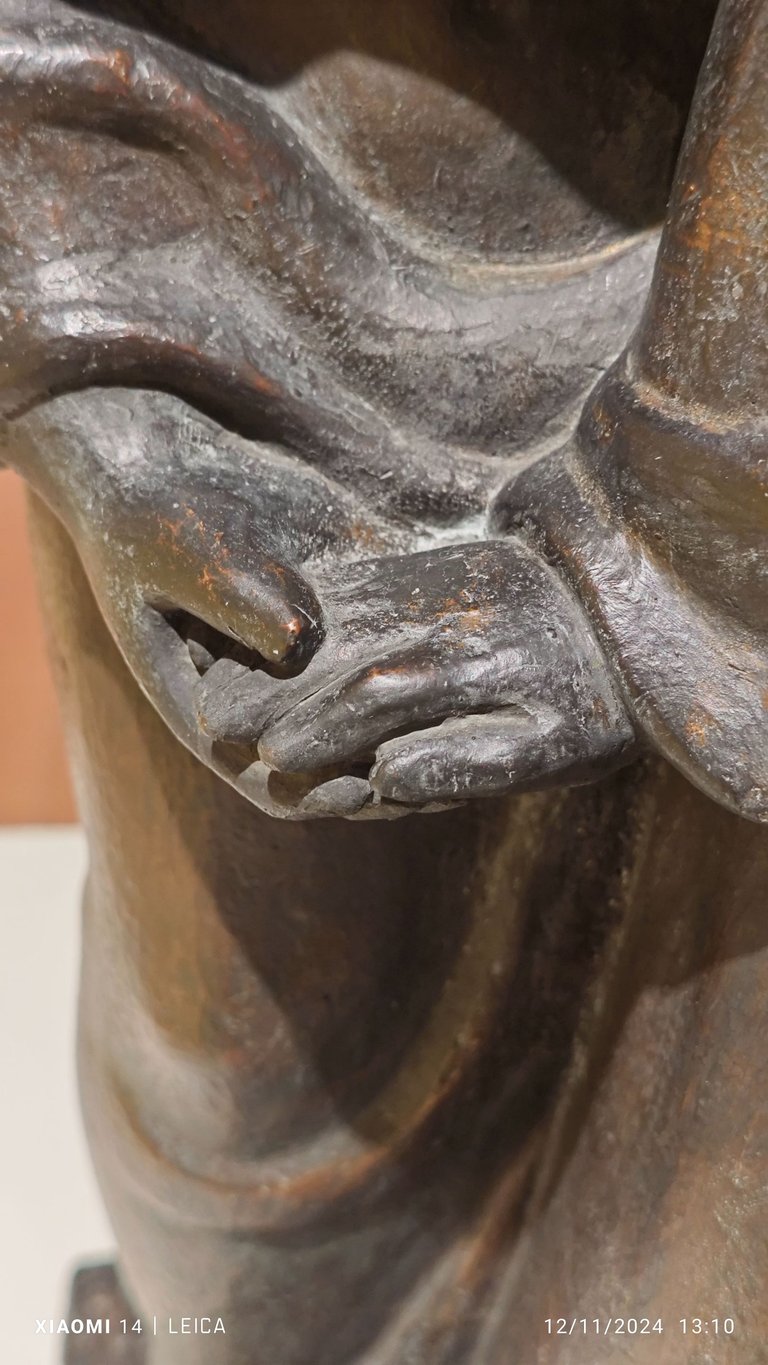 | 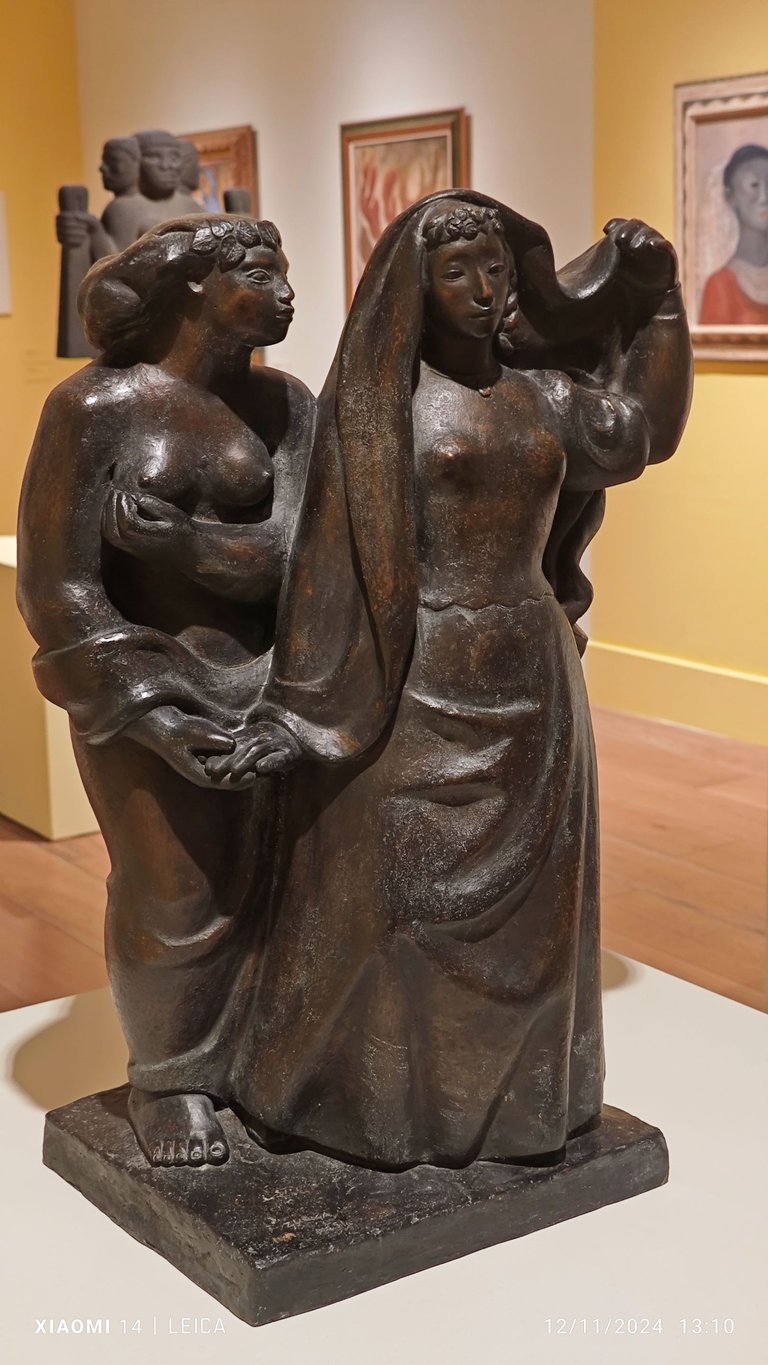 |
|---|
Luis Ortiz Monasterio. La victoria
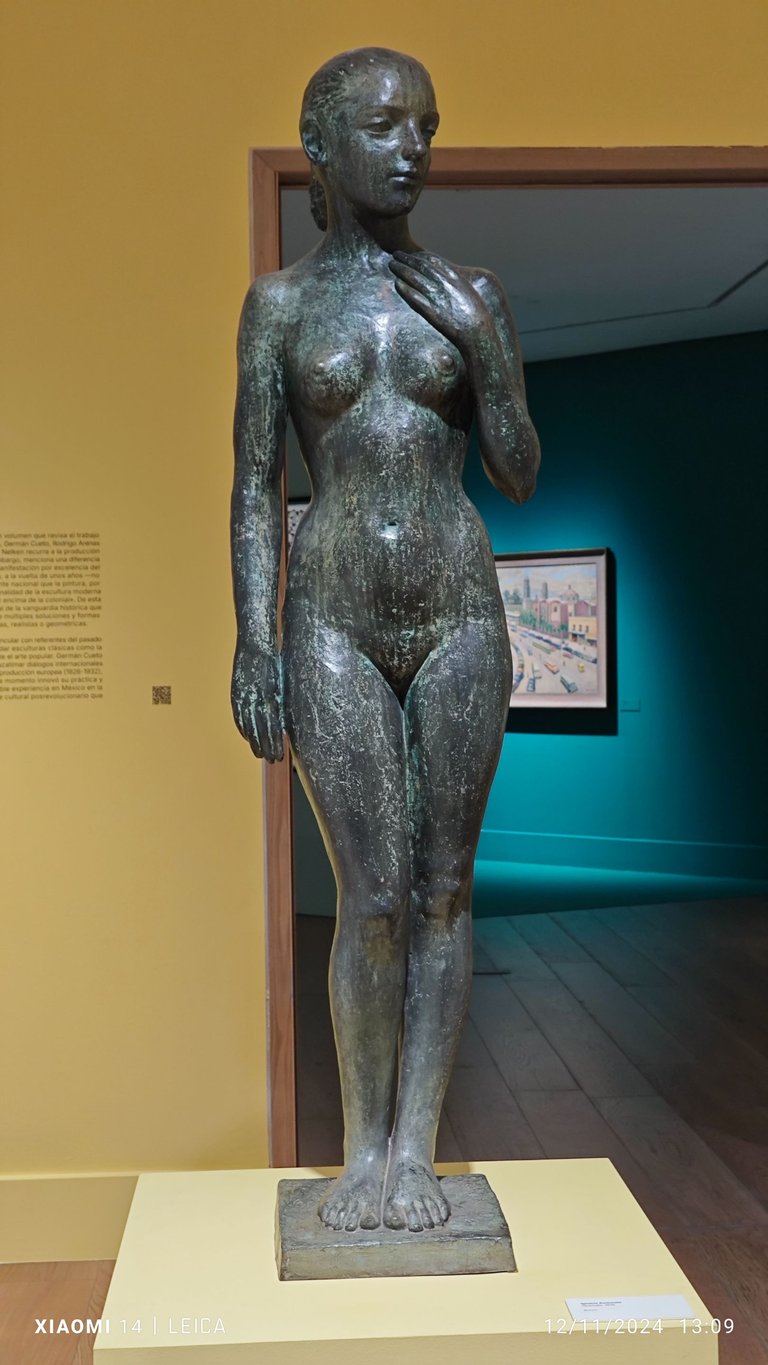 | 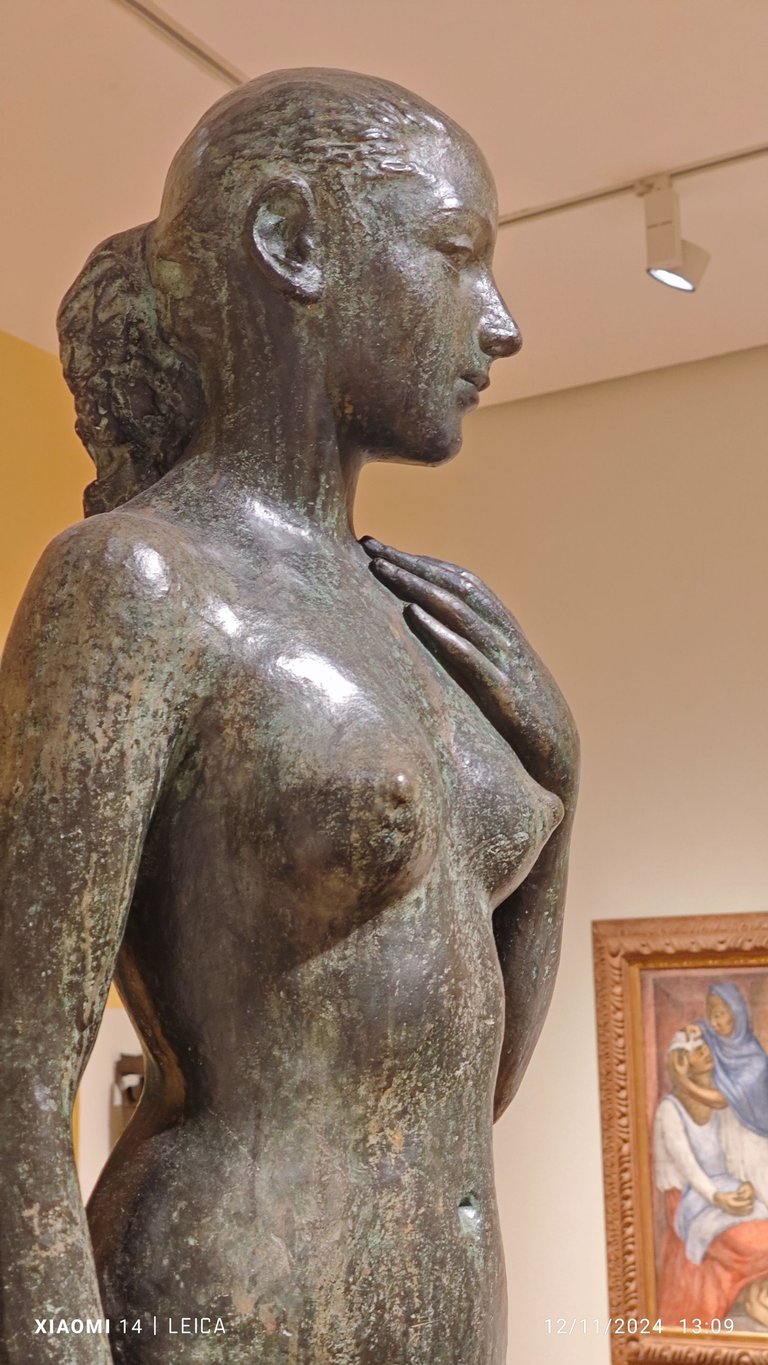 |
|---|
Ignacio Asúnsolo. Desnudo. 1919
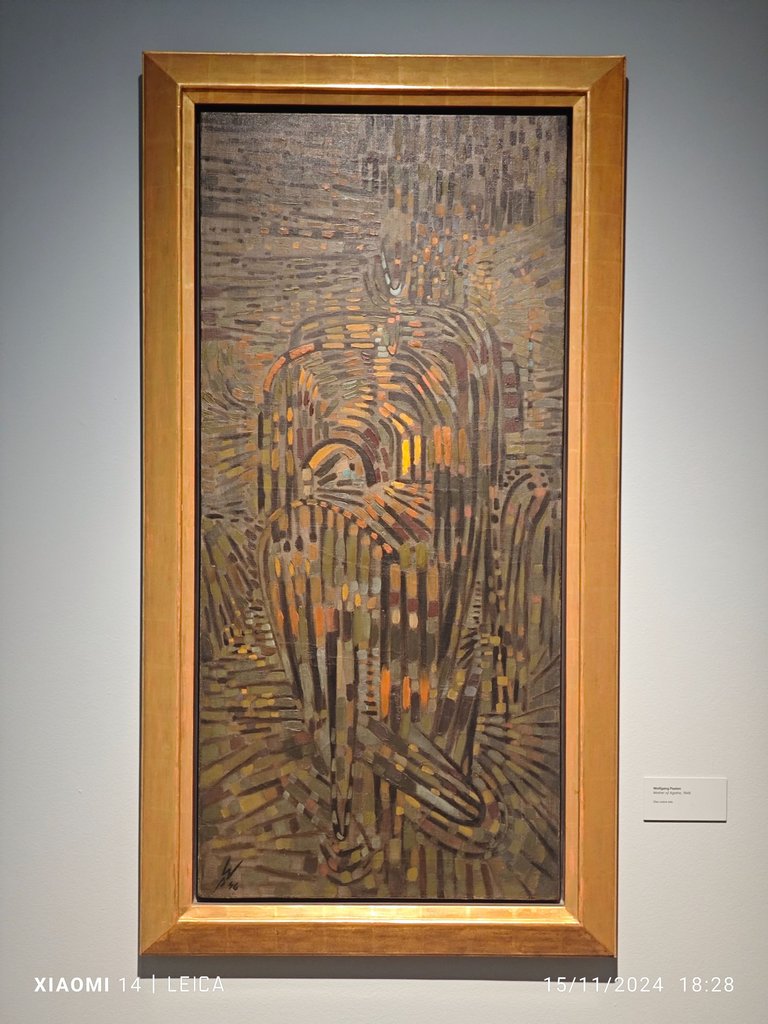
Wolfgang Paalen. Mother of Agathe. 1946
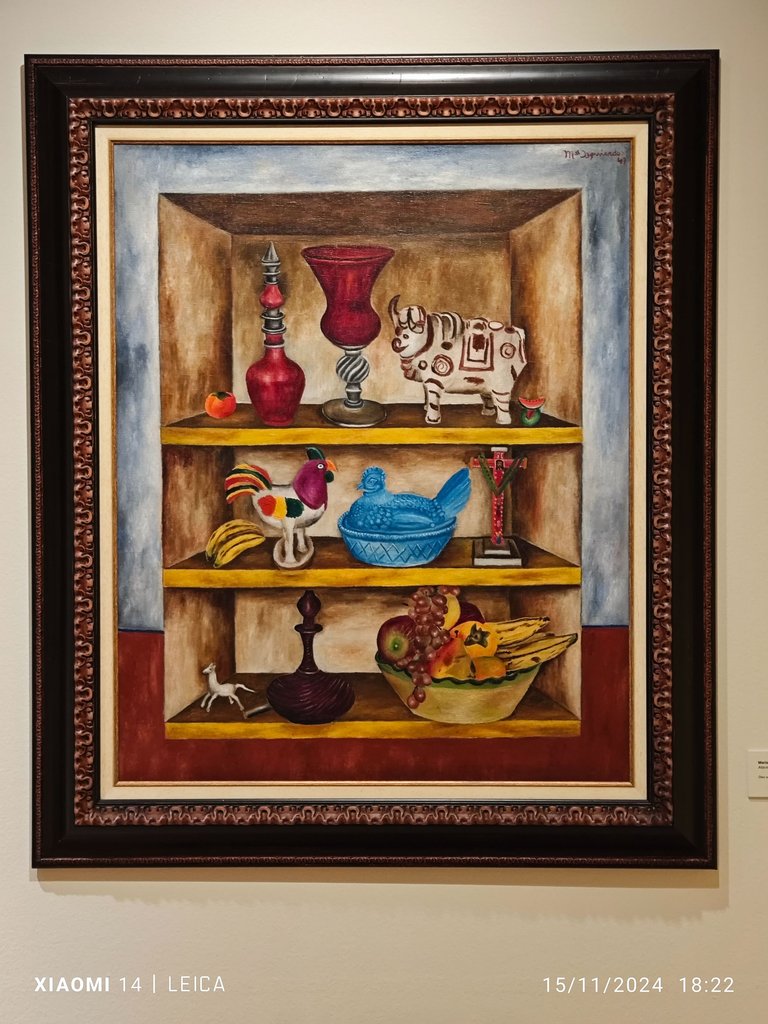
María Izquierdo. Alacena. 1947
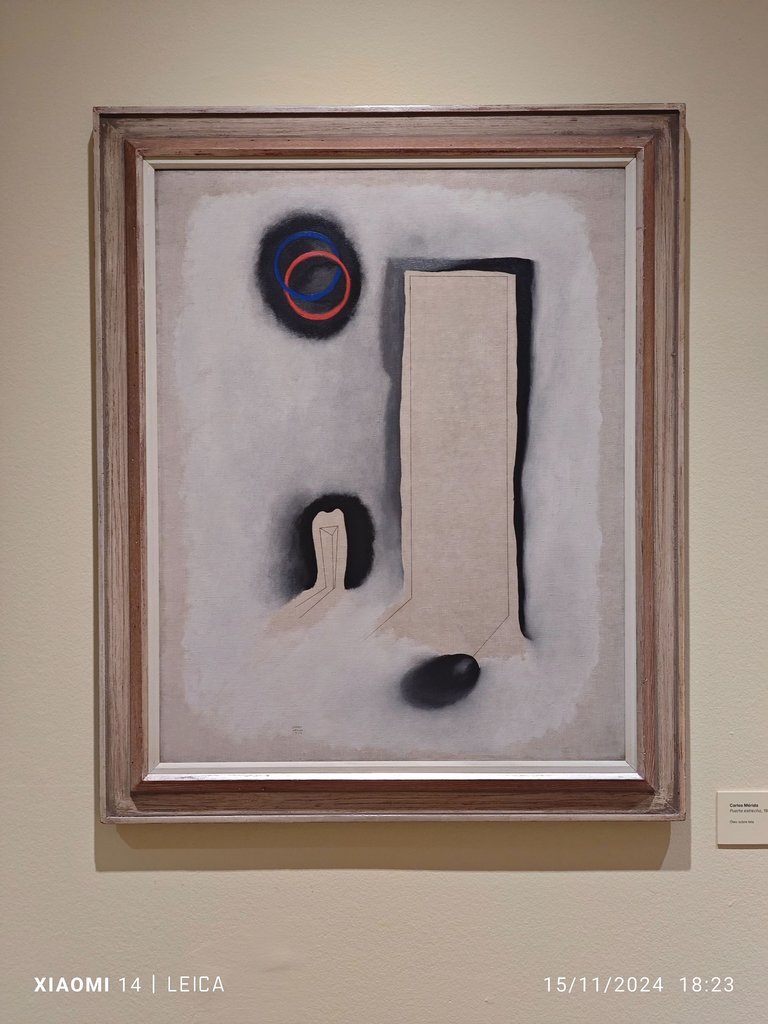
Carlos Mérida. Puerta estrecha. 1936
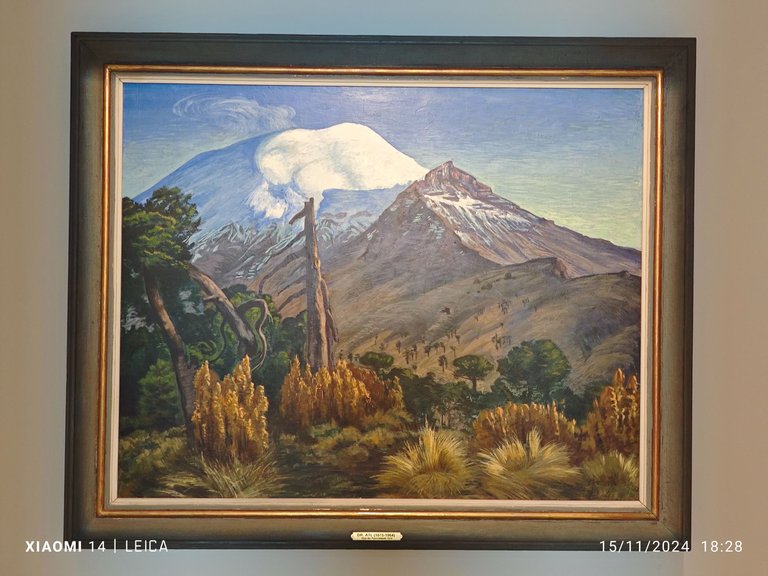
Gerardo Murillo, Dr. Atl. Vista de Popocatépetl. 1934

Juan Soriano. Niñas jugando. 1944
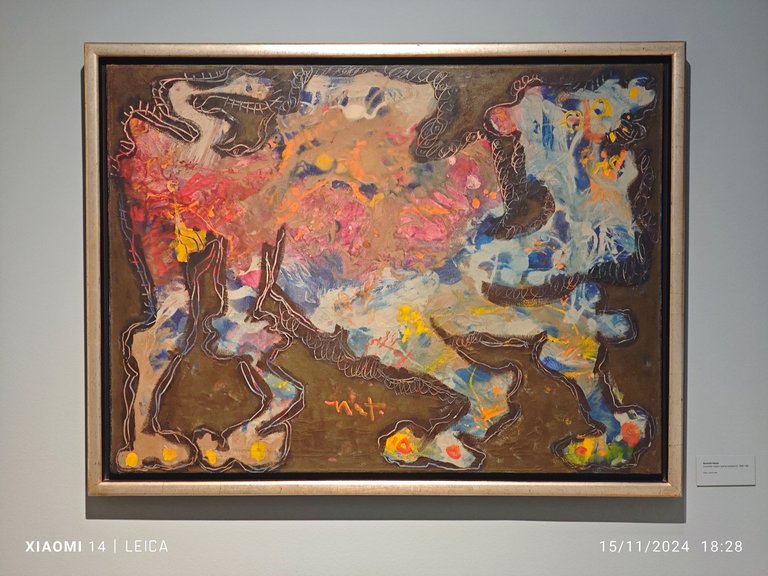
Rodolfo Nieto. Camello negro (serie bestiario). 1967-68
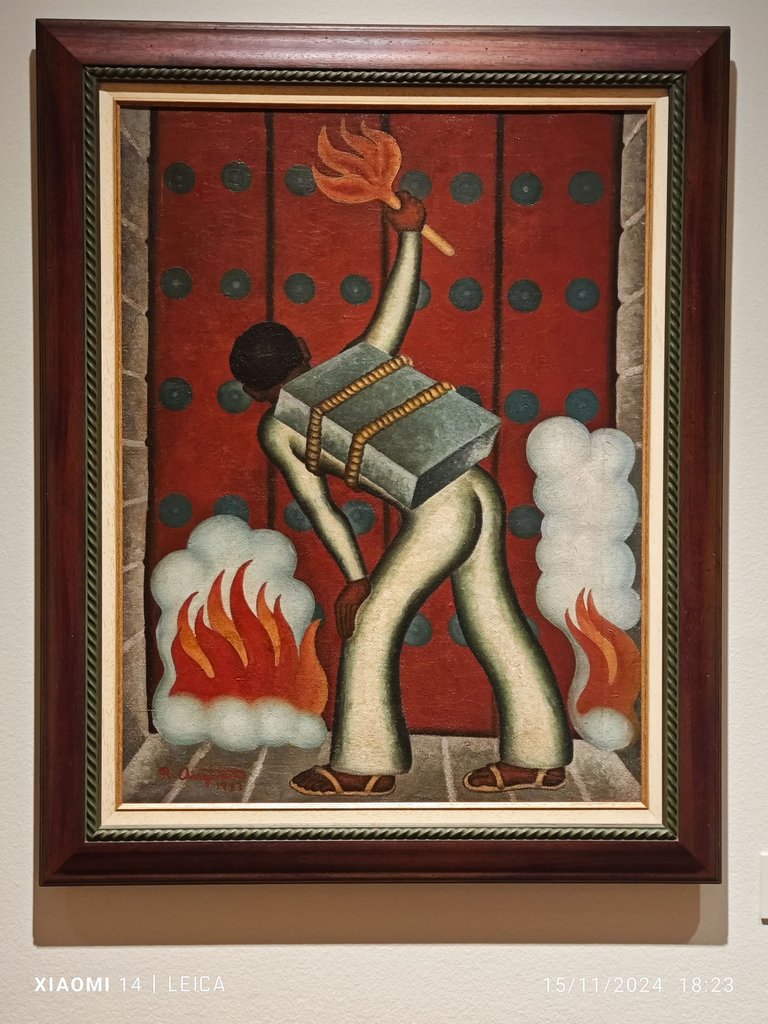
Raúl Anguiano. El Pípila, 1933
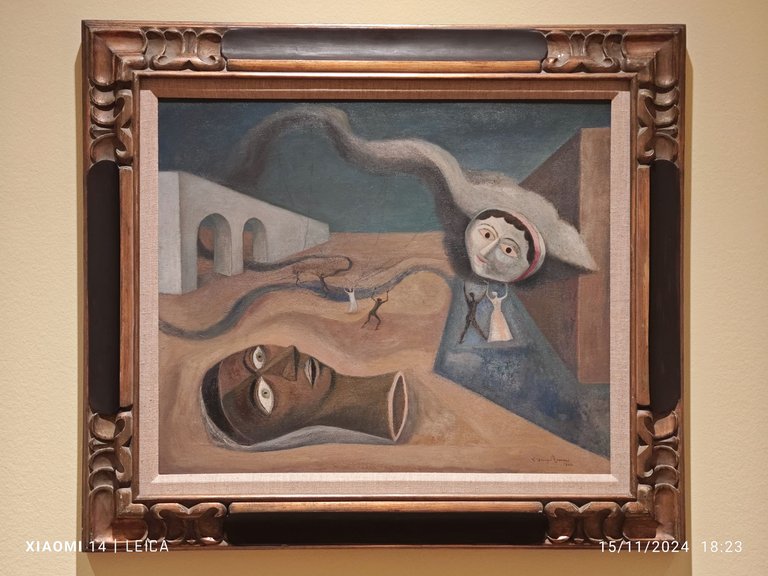
Carlos Orozco Romero. El sueño. 1940

Roberto Montenegro. Desesperación. 1949
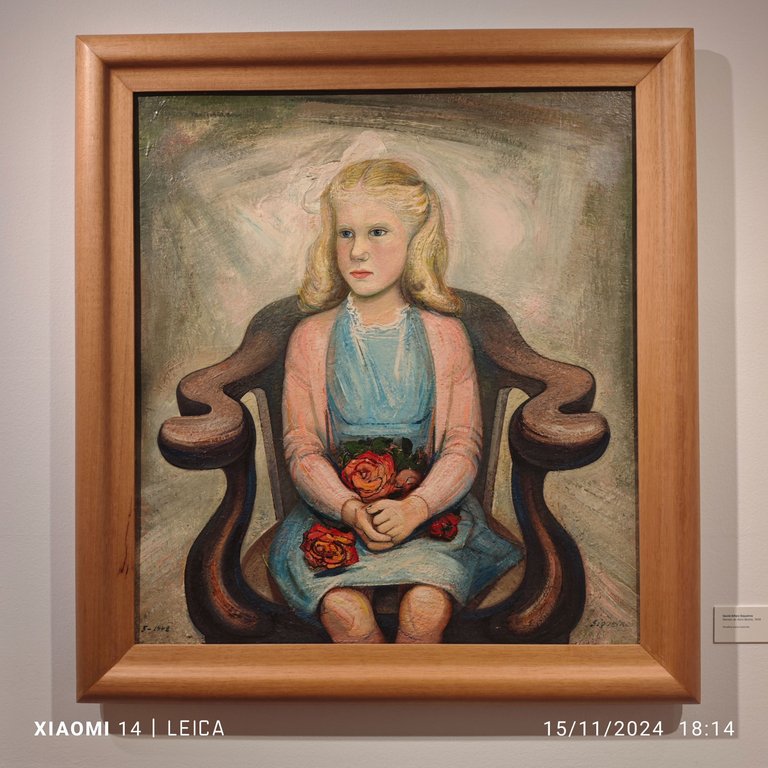
David Alfaro Siqueiros. Retrato de Nora Beteta. 1948
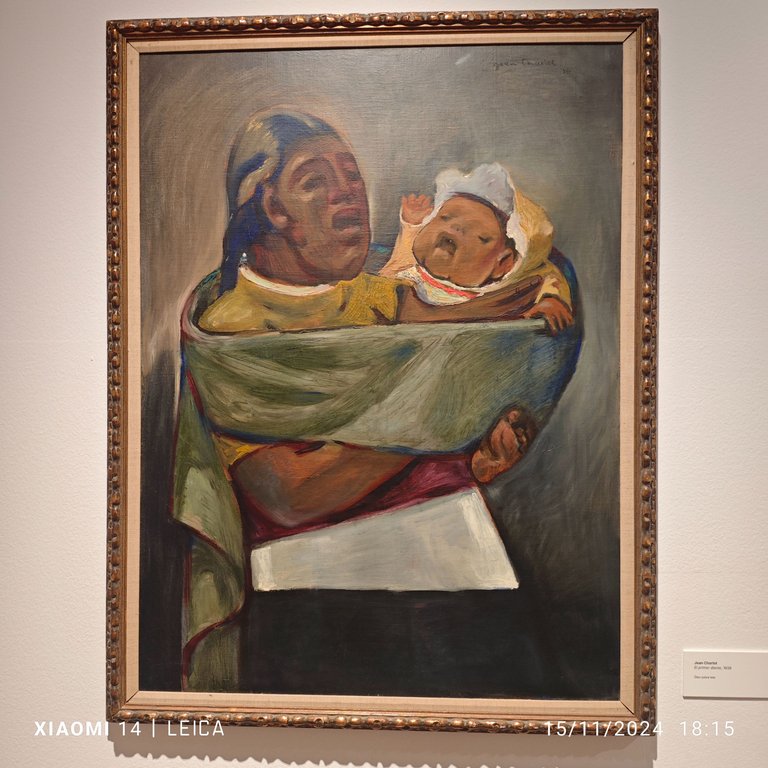
Jean Charlot. El primer diente. 1936
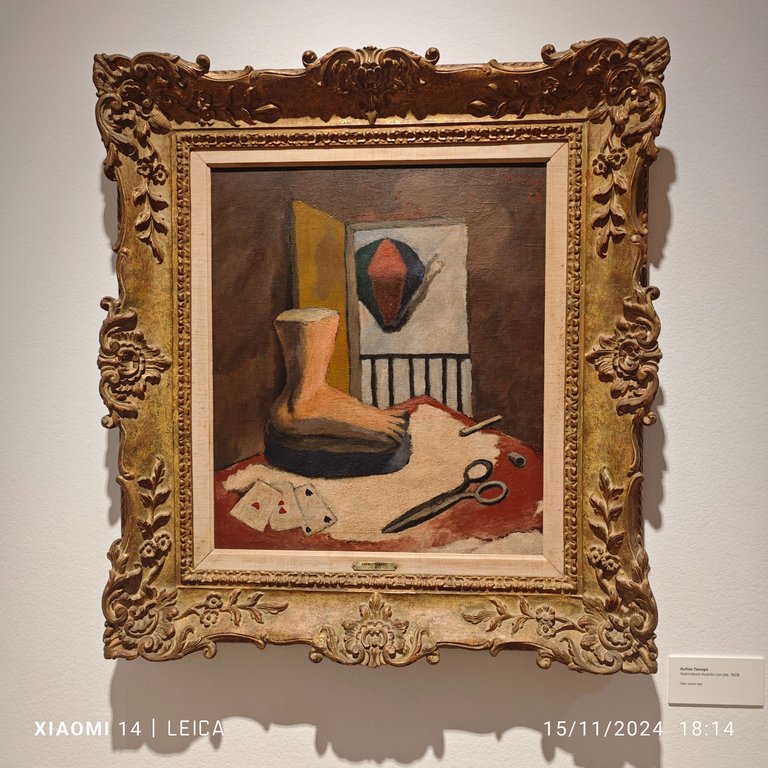
Rufino Tamayo. Naturaleza muerta con pie. 1928
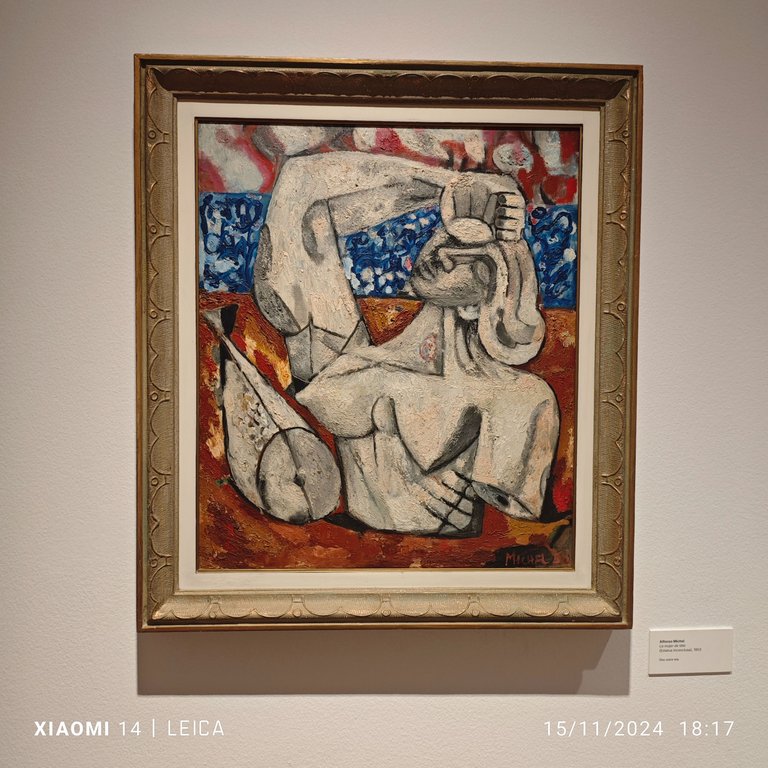
Alfonso Michel. La mujer de lata. 1953
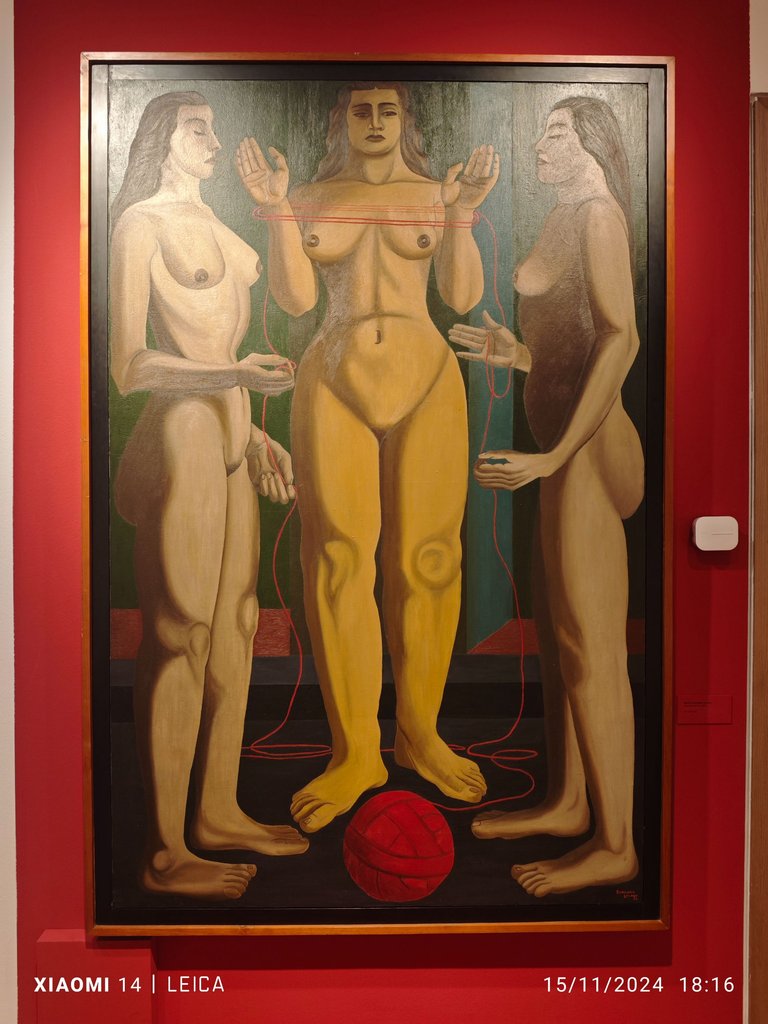
Manuel Rodriguez Lozano. Las tres parcas. 1936
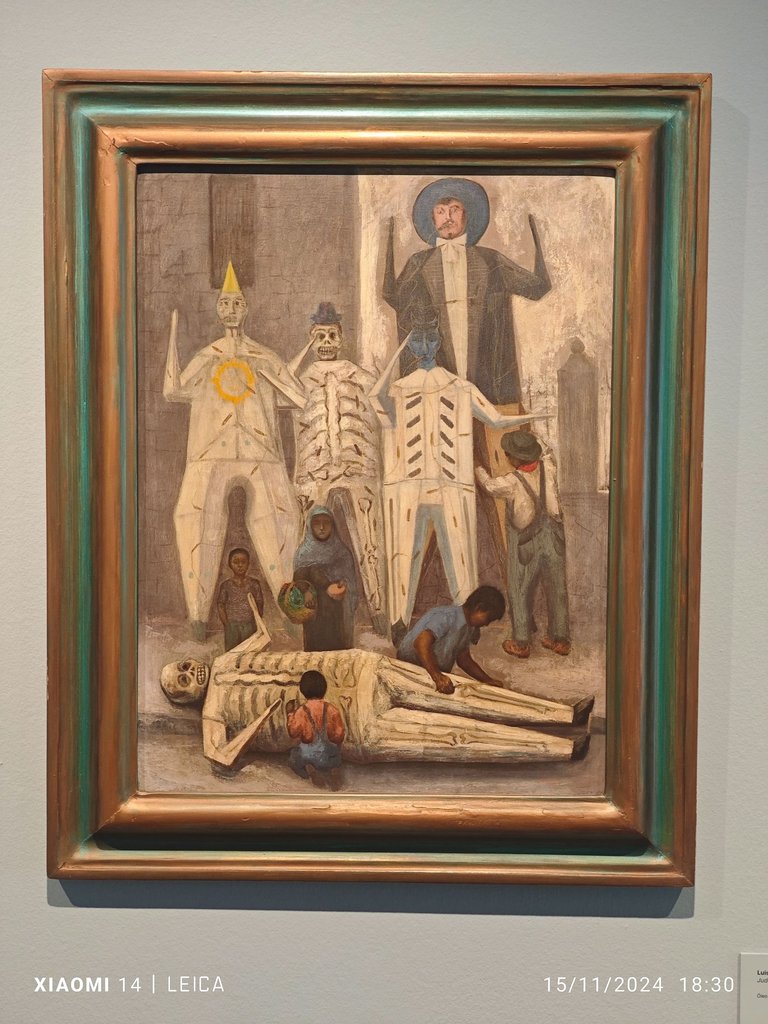
Luis Nishizawa. Juderos. 1952
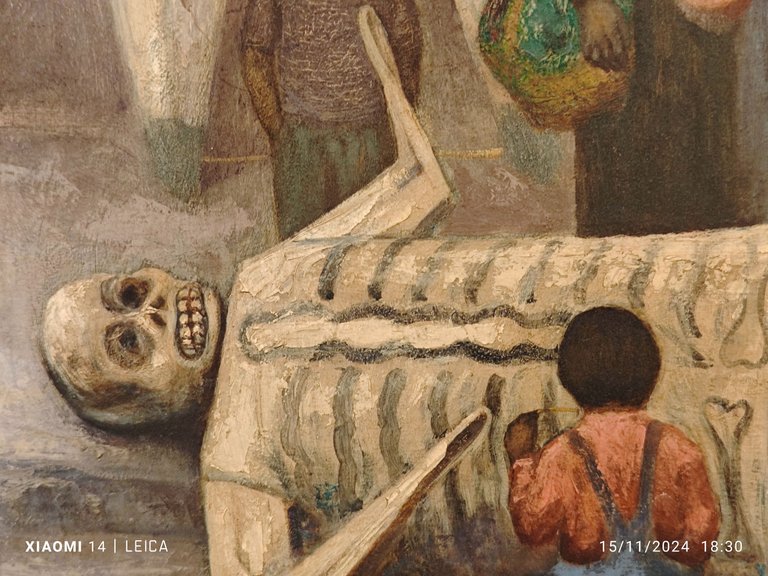
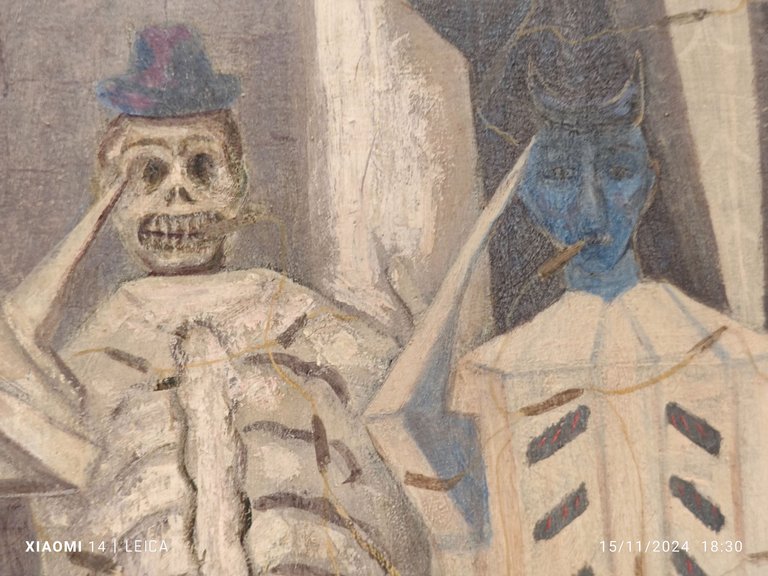 | 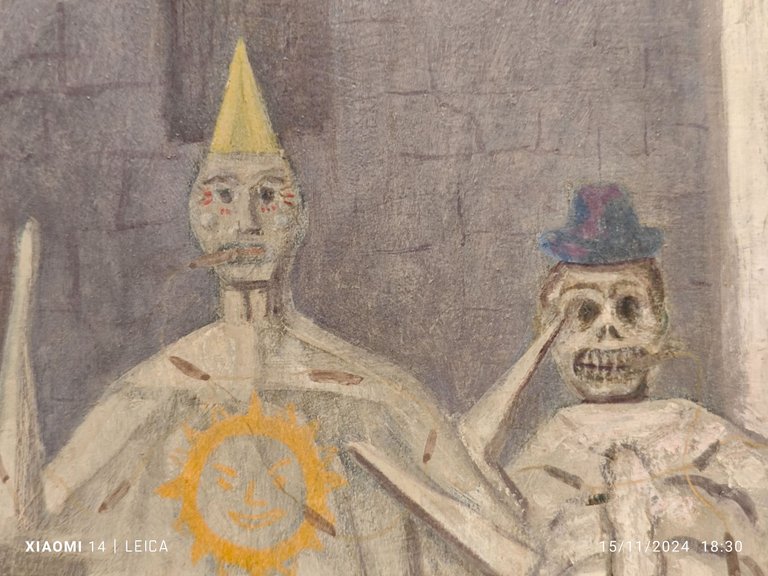 |
|---|

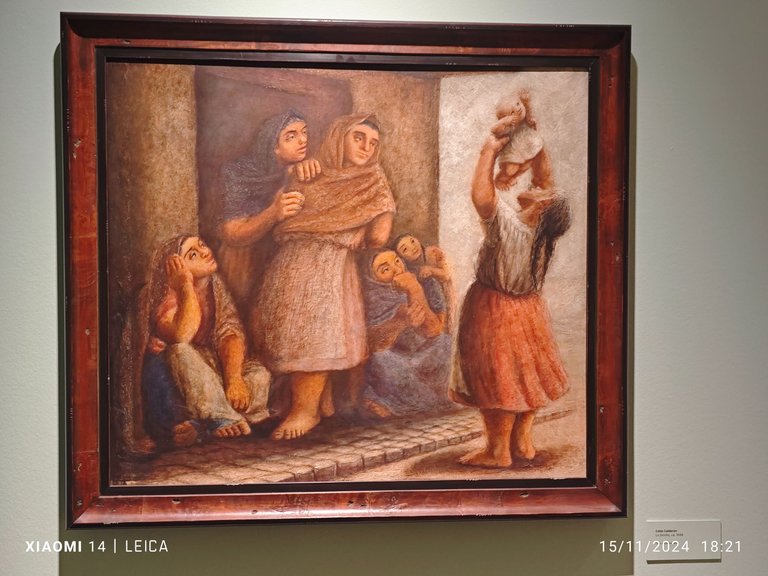
Cecilia Calderón. La familia. 1948

Alfonso Michel. La sibila. 1945
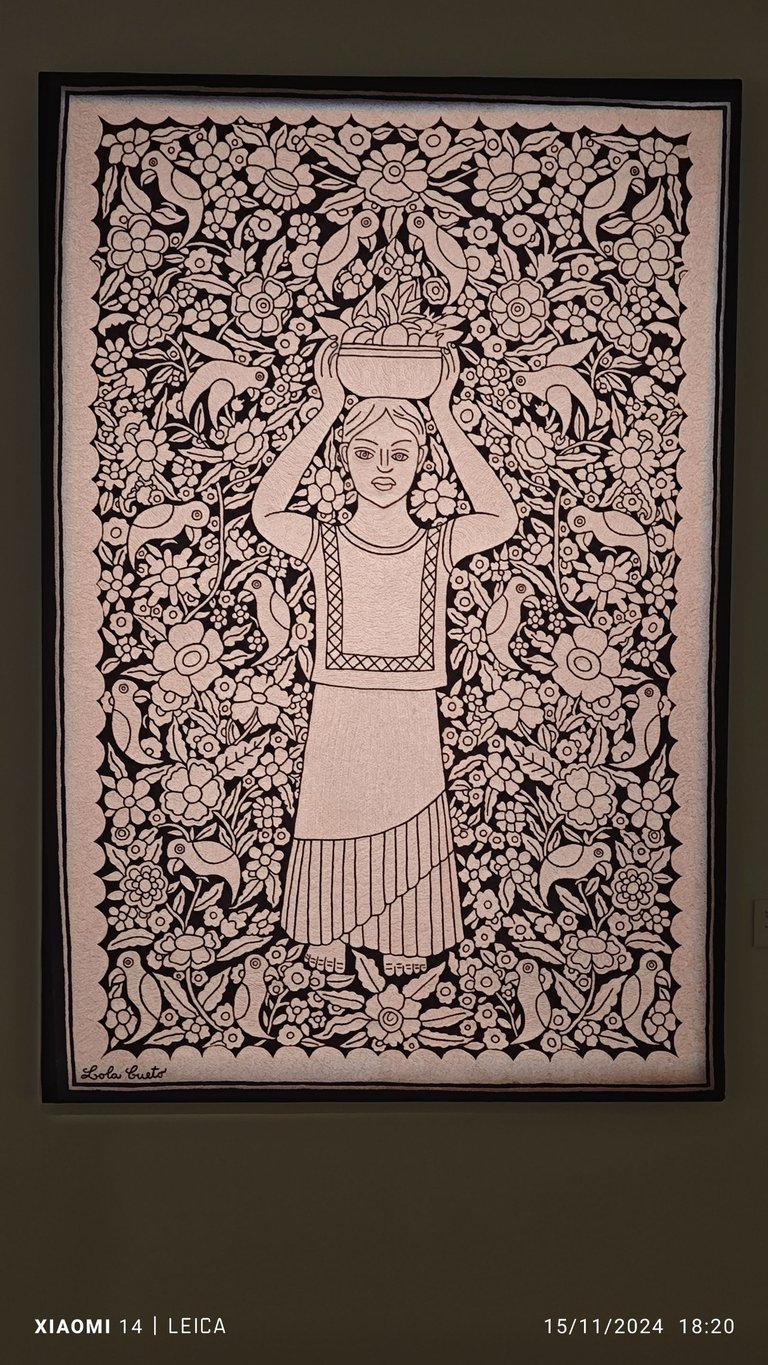
Lola Cueto. Tehuana (vendedora de frutas). Bordado. 1926
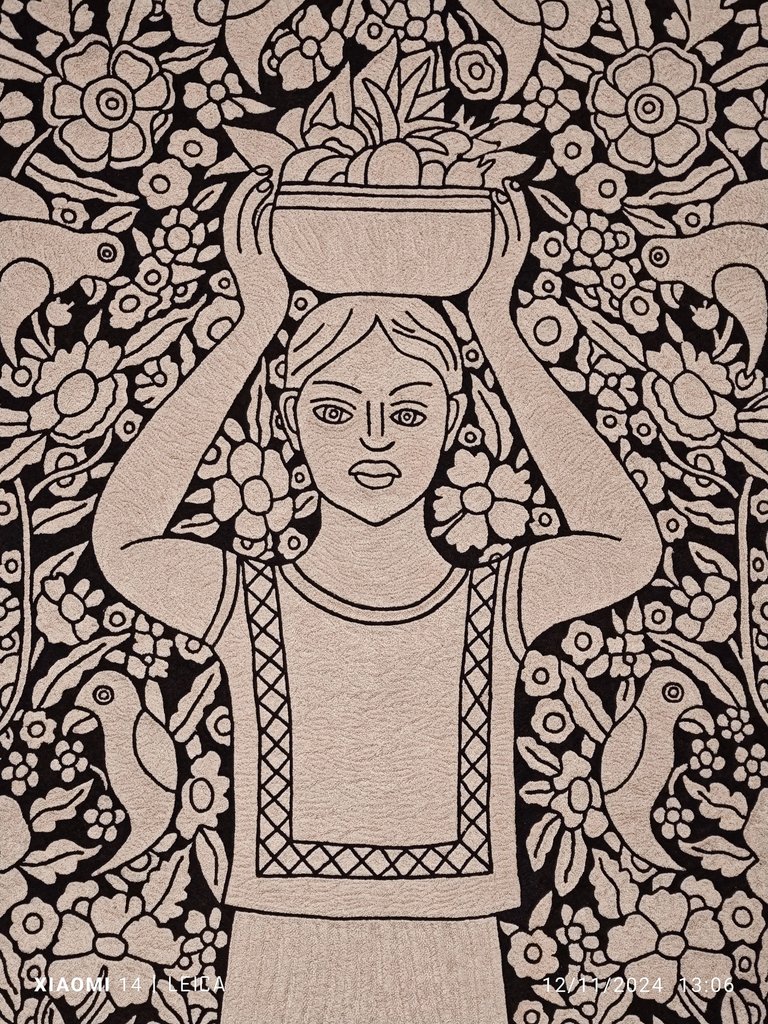
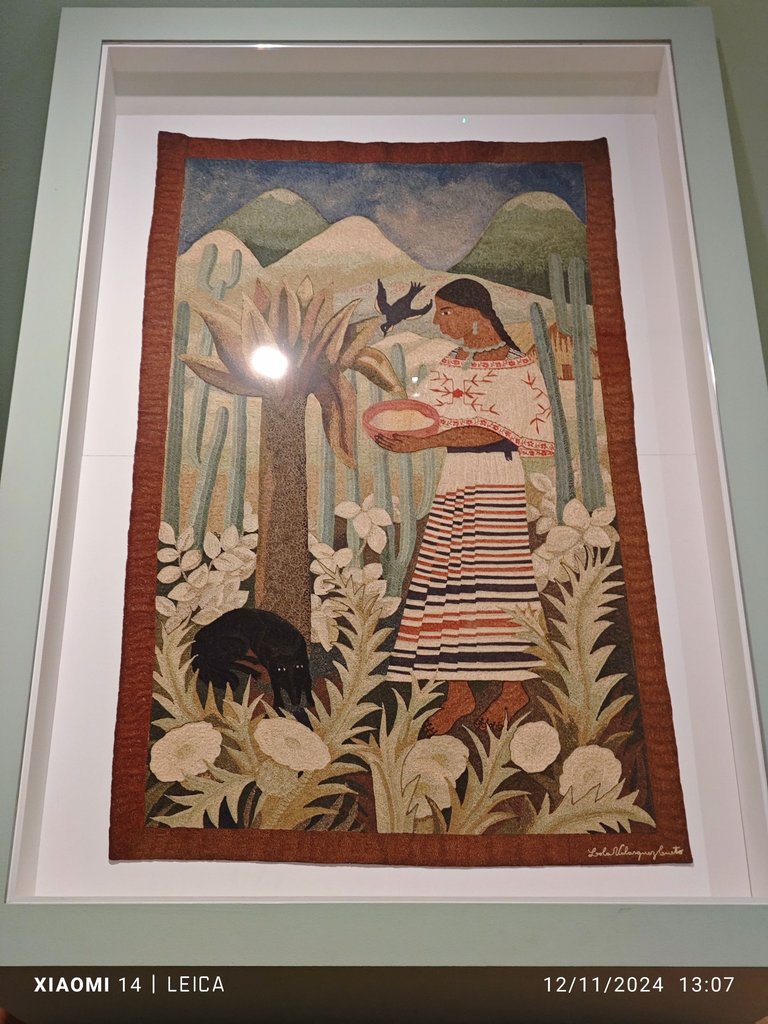
Lola Cueto. India Oxaqueña, 1928. Cadeneta
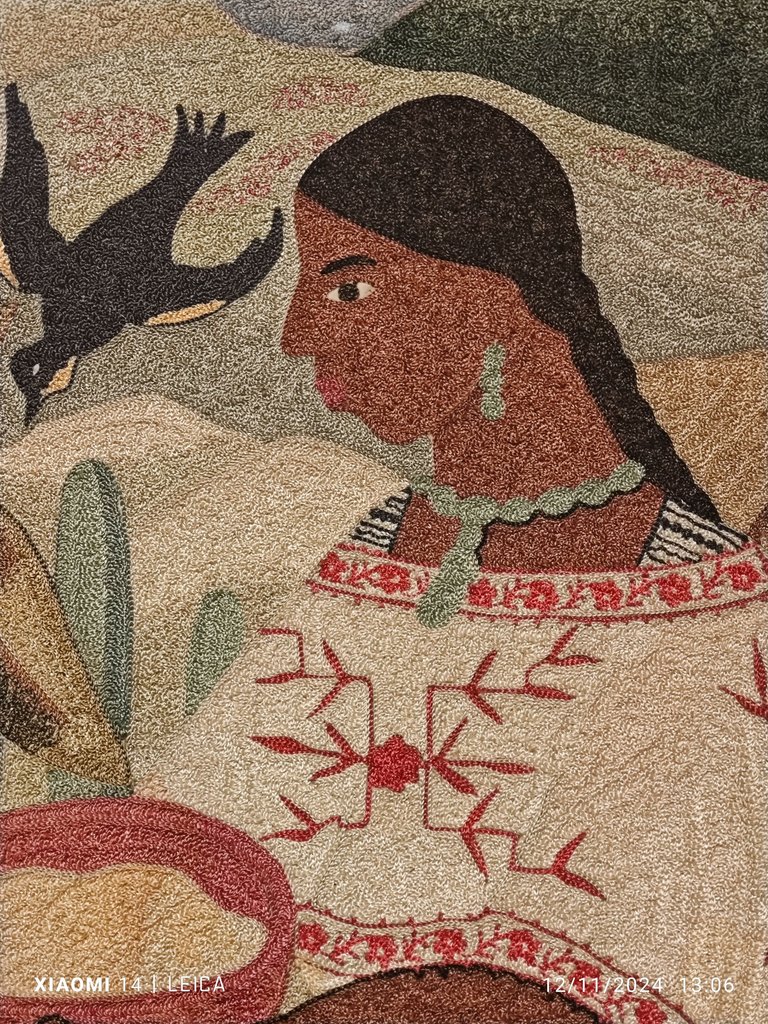
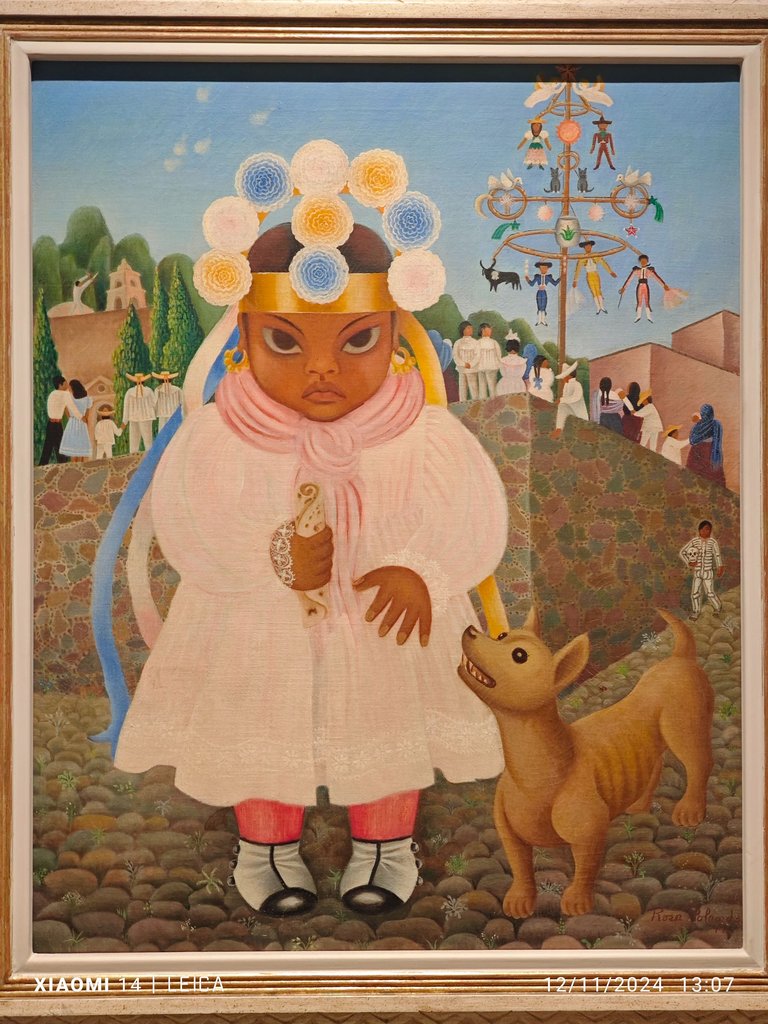
Rosa Rolanda. La niña del taco. 1947
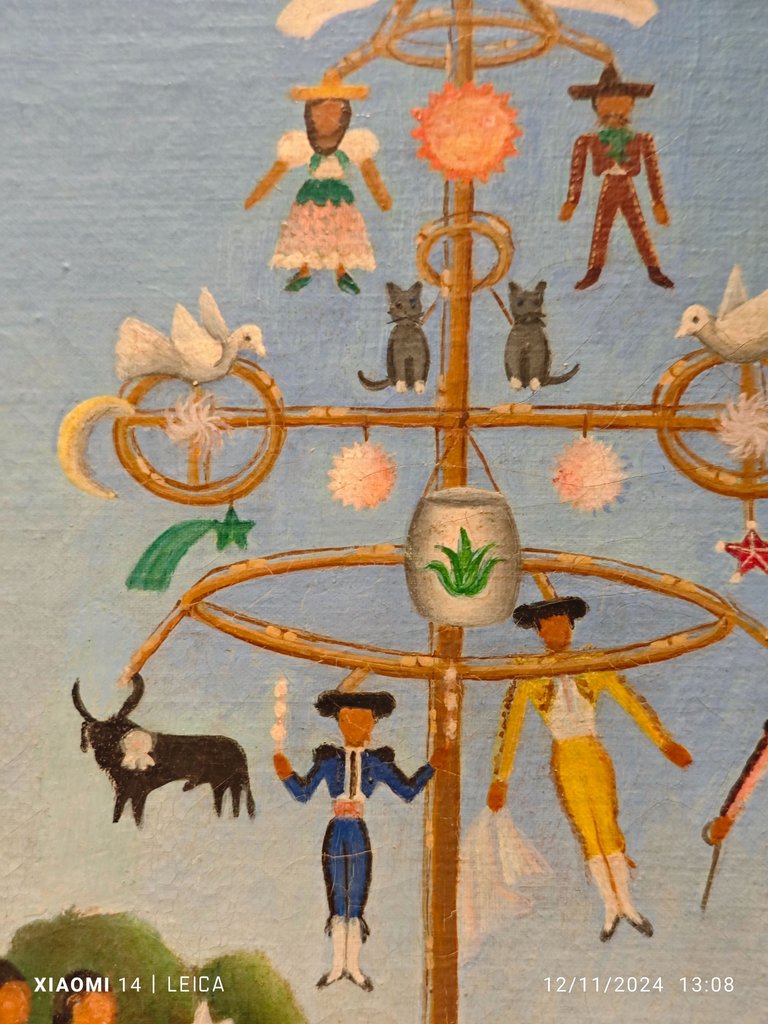 | 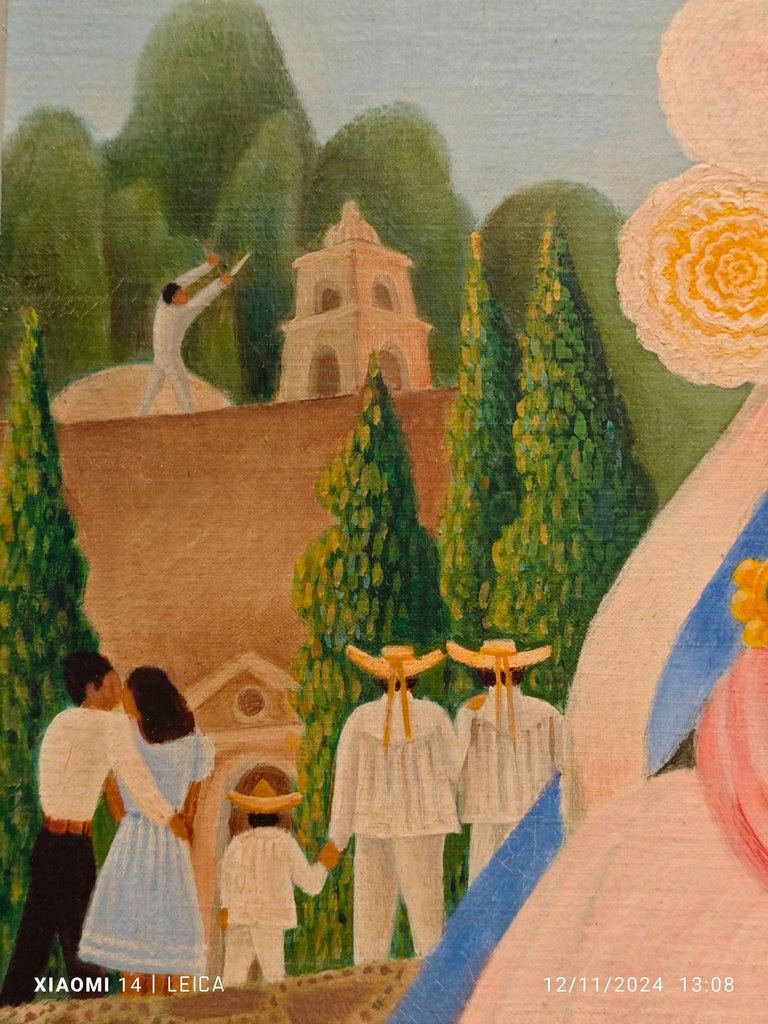 |
|---|
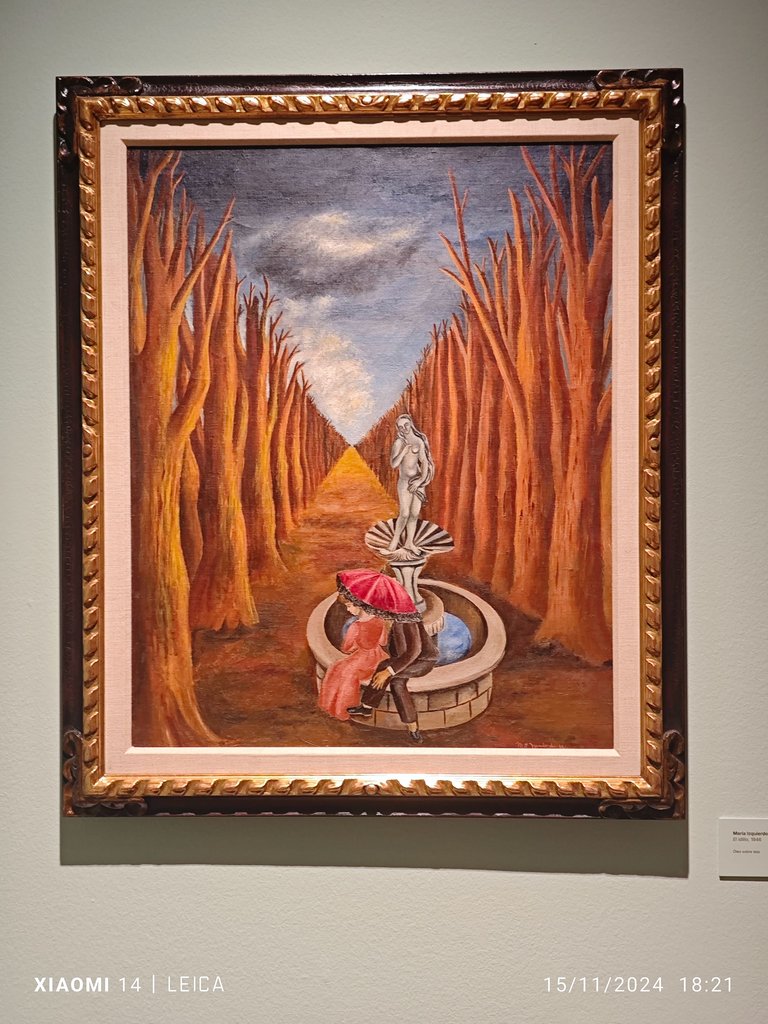
María Izquierdo. El idilio. 1946

María Izquierdo. Orquídeas. 1944
 | 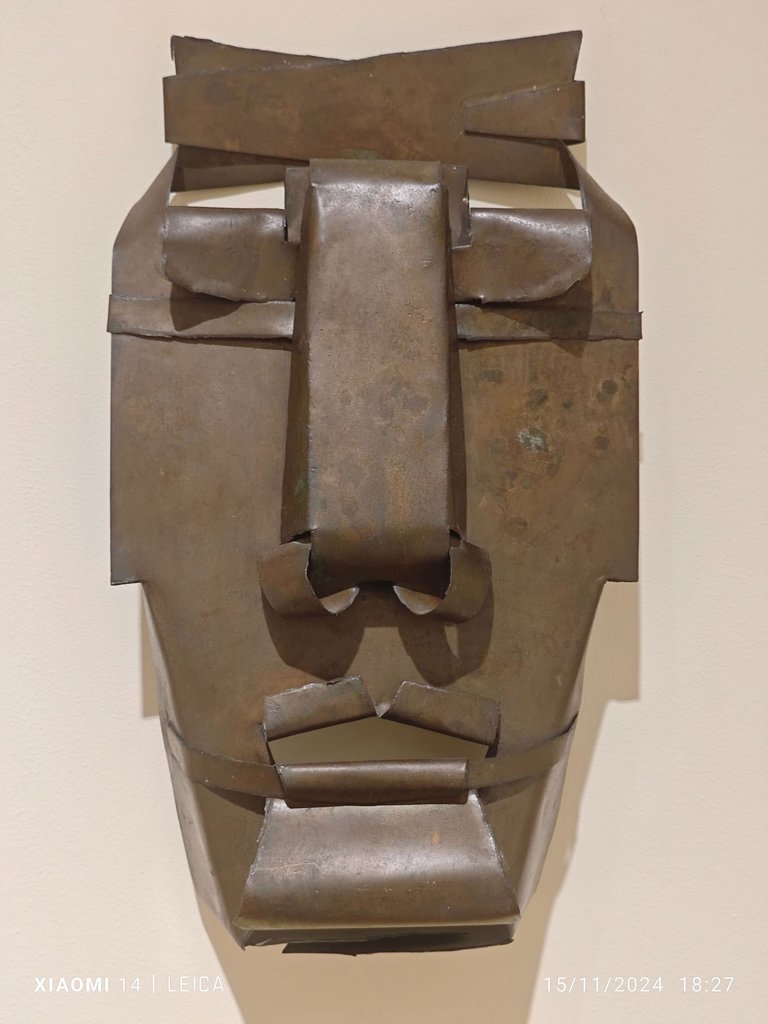 |
|---|
Guzmán Cueto. Máscaras. 1927


José Guadalupe Posada. 1930

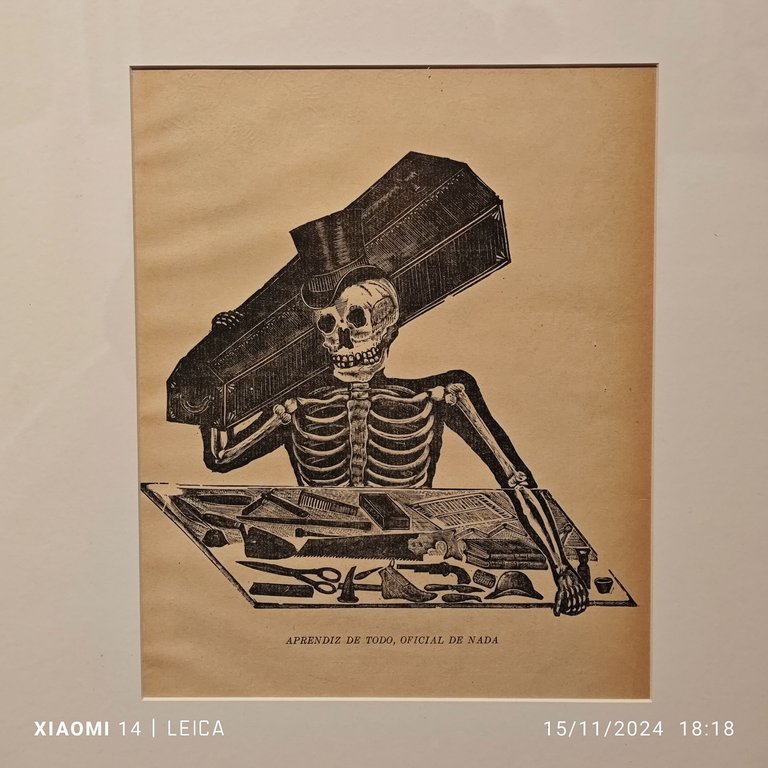

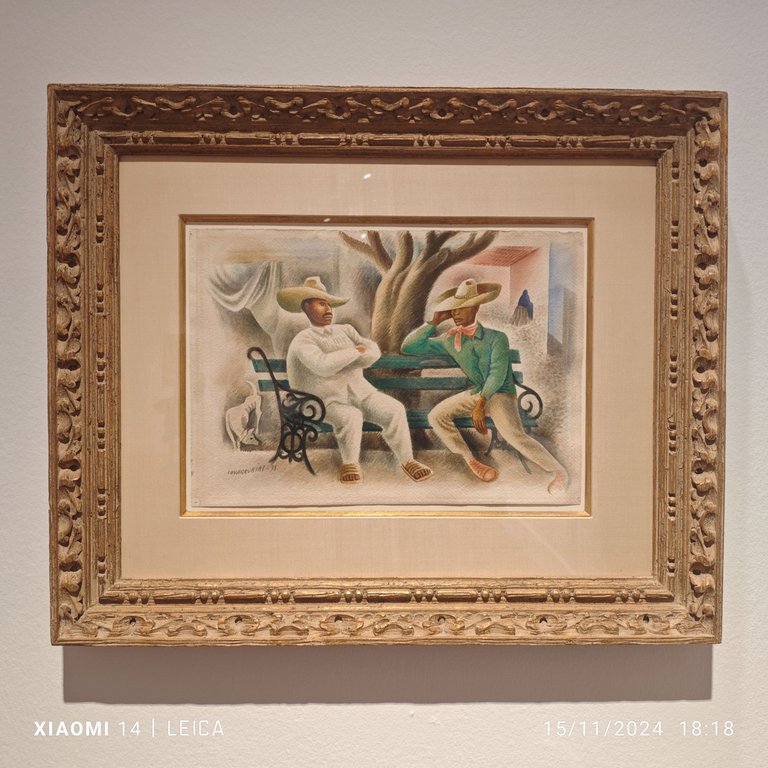
Miguel Covarrubias. Banca de pueblo. 1935
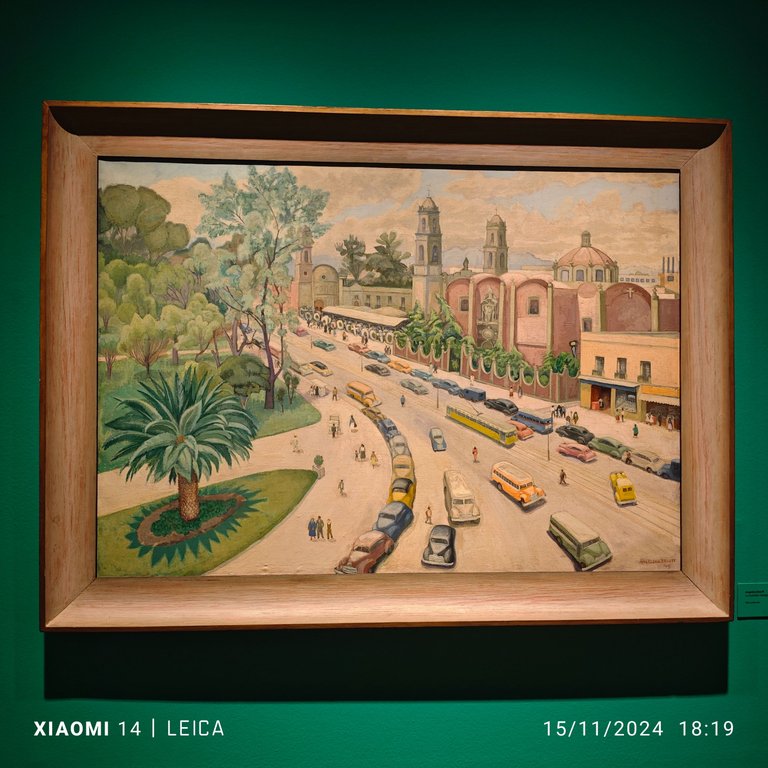
Angelina Beloff. La Avenida Hidalgo. 1949
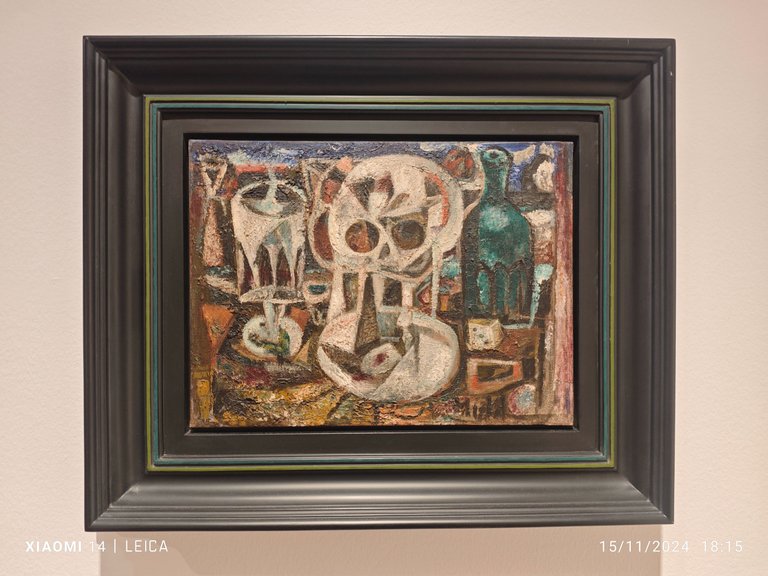
Alfonso Michel. Naturaleza muerta. 1954
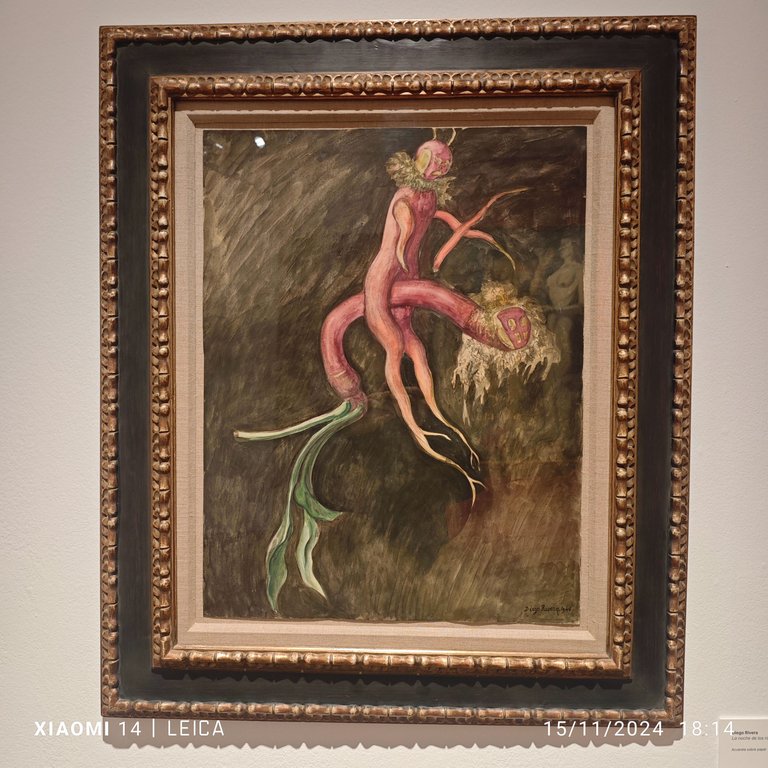
Diego Rivera. La noche de los rábanos. 1946
I hope you liked this post.
Thank you for joining me here.

Banner edited with Canva pro and cropped with ezgif.com.
Avatar created with IA Ideogram.
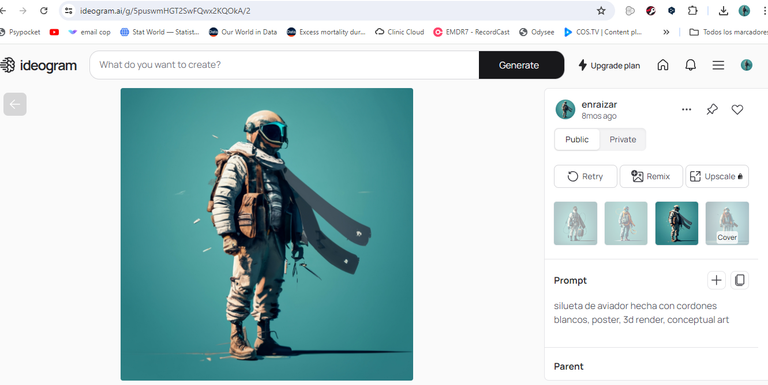
Translated into English from my native language Spanish with Google translator.
All photographs are my property.
Cover edited with GIMP from a photograph of my own.
All information taken from the exhibition itself, from the website of the Casa de México en España and from the Diana Briuolo Destéfano Thesis.
🕷️
Posted Using INLEO
You can check out this post and your own profile on the map. Be part of the Worldmappin Community and join our Discord Channel to get in touch with other travelers, ask questions or just be updated on our latest features.
Thank you so much @worldmappin.
Hey @enraizar you are welcome.
Thanks for using @worldmappin 😘
🤗🙏
Wow!
Thank you for taking us on this journey through the rich legacy of Mexican art and culture!
Beautiful work!
Thank you very much @roswelborges, I'll tell you that I have the Casa de México near where I work and I have several posts halfway through. I hope that when I publish them you enjoy them as much as this one.
A big hug.
They'll surely be as enjoyable as this one!
Great news!
There is one in particular that is so special that the fear is not being up to the task... 😳
Don't be afraid. Let yourself go and you'll see the results will be amazing!
Tengo miedo!! 😰😭 Ya pasará. Gracias por los ánimos!!
Me parece estupendo que tenga temor. Eso indica lo genuino del trabajo que lleva en su mente y le confiere mucho más valor.
¡Un abrazo!
Un abrazo muy grande!! 🤗 Y gracias!!
Un saludo de los carpinchos, en agradecimiento de tu apoyo !PAKX
View or trade
PAKXtokens.Use !PAKX command if you hold enough balance to call for a @pakx vote on worthy posts! More details available on PAKX Blog.
Muchas gracias mis estimados carpinchos. Un saludo muy grande 😃
Art has different forms of expression because it depends on the artists, their creativity, their imagination, and their technique, and that will always be expanding. We may or may not like a certain form of art, but it is still art. The exhibition is excellent.
I really liked this work because of how it is done, but I also liked El sueño y Desesperación (The Dream and Despair). They are very good, or rather, they are my three favorites! Thank you very much!
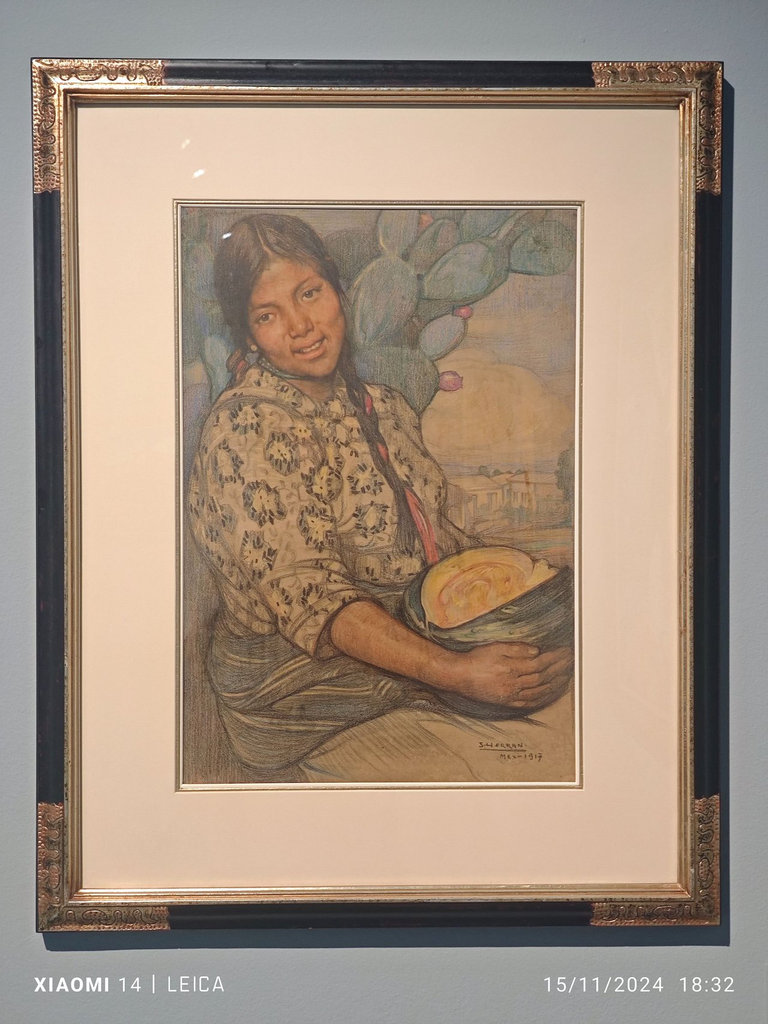
Hi @avdesing, I wasn't surprised at all that you liked Desperation. Why would that be? Regarding what you're saying, it's very true that art has many forms of expression, and the exhibition offers a whole range of proposals, both technical and ideological.
I'm already putting together another post about the Casa de México that I hope to post soon, and they'll prove you right in practice. There are many ways to express yourself. The exhibition was a luxury, and I'm lucky to have the exhibition hall five minutes from my work.
Thank you so much for the visit. A big hug.
I don't think there is a very profound explanation, given the strength and impetus of the horse in the midst of the environment.
There are many works, and there are several that I like, but what I never liked was that style of painting bones and things like that. I don't know if I'm explaining myself well.
You're explaining yourself very well. When I saw the painting of the horse at the exhibition, I thought you might like it. There aren't that many paintings with bones in the exhibition. Right now, I can think of the engravings and one painting.
I particularly liked the works by Lola Cueto and Rosa Rolando. One of this artist's paintings is a portrait of Frida Kahlo as a child. I love it.
There is a lot of variety, that's for sure. We'll wait for the next instalment then! Thank you! Good night!🤗👋
Buenas noches!! 🤗👋
A cenar! Hasta mañana!👋
👋
It seems that Andrés Blaistein is my "colleague" haha, I mean, he is a collector :D
Wow, an extensive art collection/exhibition, there are some really eye-catching paintings, and the sculptures are awesome! But if I had to choose just one... like a favourite one, I would pick Tehuana (vendedora de frutas) by Lola Cueto, in embroidery technique.
Good afternoon @mipiano, believe it or not, I'm also a collector like Blaisten. When he started buying his first works, they were practically worthless. It's happened to me (on a micro-level) with my vinyl record collection... when I started my "collection," it was worthless. Vinyl was very cheap.
As for the work you mention, you undoubtedly have very good taste. I can assure you, and you'll believe it, that the photography doesn't capture how spectacular it is. Both of Lola Cueto's works are marvelous.
Thank you very much for visiting. Hugs.
Now I know what should be one of the next monthly themes :D
Not sure if it can happen for the very next month though... but for sure vinyl collections have to come to Hive! 😉
Before vinyl records, I need to catch up on previous initiatives 😁 ... I would be thrilled to present part of the collection. 😃
How cool. Some strange but very striking paintings, my friend, they are pure art from a true artist.
Hello,@edreisito so you like art, I'm glad. Is there a painting that you like best?
Best regards.
Saludos amigo ,aunque nunca he entendido el arte refiriendome a lo poco realista, sin embargo el valor que le doy es la relajación que producen la combinación de colores. Me llamo la atención el paisaje del hombre de la manga y joven con calabaza.
Hola mi estimado @encuentro, gracias por la visita mi amigo. El arte es subjetivo. El mismo cuadro que puede provocar en una persona placer al verlo, en otra puede provocar indiferencia o rechazo. Así que me alegro de que la menos los colores de alguno de ellos te haya relajado. Por cierto, el cuadro de la joven con la calabaza tambien me gusta.
Un abrazo muy grande.
Me encanta el primer cuadro de la niña sentada, se ve tierna
!LADY
View or trade
LOHtokens.@angeluxx, you successfully shared 0.1000 LOH with @enraizar and you earned 0.1000 LOH as tips. (2/4 calls)
Use !LADY command to share LOH! More details available in this post.
Ese cuadro es una preciosidad. Lo puse el primero como gancho... pero parece que sólo picaste tú. Una nujer con muy buen gusto.
Un saludo muy grande, @angeluxx.
I came back for your sweet miniature, hehe
Learning about cultures and art thanks to your incredible patience in showing us and detailing each of the works on display.
I like this type of art, closer to the people and its traditional representations.
For example, in this painting by Manuel Rodriguez Lozano, The Harlot, 1927, the Venezuelan woman is depicted right now, waiting for the electricity to come on.
Excellent work, sir. Best regards.
Spanish
Otra vez vine por tu tierna miniatura, jjeee
Conociendo culturas y arte gracias a tu increible paciencia para mostrarnos y detallarnos cada una de las obras presentes.
Me gusta este tipo de arte más cercano al pueblo y sus representaciones habituales.
Por ejemplo en este cuadro Manuel Rodriguez Lozano. La ramera. 1927 representa la mujer venezolana justo ahorita, esperando que llegue la electricidad
Excelente trabajo caballero, saludos
El cuadro que has escogido está muy bien. 😂 Lo hablaba con Nanixxx que sin sentido del humor creo que es imposible soportar la realidad de Cuba y Venezuela.
Un abrazo muy grande @cositav.
Good morning! ‘Rosa Rolanda. La niña de la muñeca’ is a painting I like as well. She’s holding a Frida Kahlo doll in her hands… or at least that’s what I see… All the works you’ve brought here from that great exhibition are fascinating. I’m a total admirer of Mexican art. Thankfully, there are always people like Margarita Nelken who dedicate themselves to making the unknown visible, which doesn’t make them any less relevant.
Abrazo... he demorado en dejar este comentario porque no podía ver las fotos.
Good morning @nanixxx, every time I upload a post with so much weight, I think about your data. On the other hand, there's no rush to see the post, it'll stay here.
You're the only one who has seen Frida, which doesn't surprise me, it's her. And it's very likely that the girl is also Frida, but as a child. At least that's what I read in an art review. Which gives the painting greater symbolism.
My workplace is very close to Casa de México, which is another thing I am grateful for. I am not sure who is in charge of exhibitions, but they are doing a great job.
I wish you a wonderful day and hope that the administrative issues get sorted out soon.
Abrazo!! 🫂
I am not sure if this is how it works, but here is a @topcomment for @nanixxx.
Awww, 😊 thank you. Everything will work out one way or another. You’ll see.
👍🫂
Abrazo y bonito finde.
Igualmente!! 😎👋
This is indeed how it works 😉
Your reply is upvoted by @topcomment; a manual curation service that rewards meaningful and engaging comments.
More Info - Support us! - Reports - Discord Channel
Thank you Topcomment and @friendlymoose. 💫✨
English:
Thank you for sharing a post with so many images. I love this kind of post because it allows me to discover things through someone else’s perspective. While looking at the paintings, I kept wondering what the photographer was thinking, which pieces they prioritized over others, and which ones excited them the most.
If I had to choose my favorite pieces, I think they would be:
Lola Cueto. India Oxaqueña, 1928. Chain stitch embroidery.
Lola Cueto. Tehuana (vendedora de frutas). Embroidery. 1926.
Luis Ortiz Monasterio. El árbol de la vida y la muerte.
Roberto Montenegro. Síntesis. 1939.
Emilio Baz Viaud. El coco. 1955.
I had to stop myself because I’d probably start ranking them by preference. Still, it’s Lola Cueto’s embroideries that have impressed me the most.
Español:
Gracias por compartir un post con tantas imágenes. Me encantan este tipo de posts porque me permiten descubrir desde la mirada de alguien más. Mientras veía las pinturas, me preguntaba qué pensaba quien había tomado las fotos, qué pinturas priorizó sobre otras y cuáles le entusiasmaron más.
Si tuviera que escoger las piezas que más me gustaron, creo que serían:
Lola Cueto. India Oxaqueña, 1928. Cadeneta.
Lola Cueto. Tehuana (vendedora de frutas). Bordado. 1926.
Luis Ortiz Monasterio. El árbol de la vida y la muerte.
Roberto Montenegro. Síntesis. 1939.
Emilio Baz Viaud. El coco. 1955.
Tuve que detenerme porque creo que ordenaría las piezas en función de mis favoritas. Sin embargo, son los bordados de Lola Cueto los que más me han impresionado.
Muchas gracias a tí por visitar este blog y además comentar. Coincido contigo con Lola Cueto. Las dos obras expuestas eran de gran belleza. Síntesis, te puedo decir que es una pintura que pierde mucho en la fotografía que he subido. Aún así creo que sigue impactando por lo simbólico, su carga emocional y sus colores.
No he mencionado mucho la escutura en el texto pero como mecionas el "árbol de la vida" te dejo unas fotografías en exclusiva para tí:
Enlace
Ya he visto que eres una artista, en un rato te visito.
Un saludo muy grande.
Que hermoso! Gracias por darme la oportunidad de sumergirme un poco más en los detalles.
De nada 😃 laa imágenes son todas tuyas. 🤗
Gracias 😊
What a beautiful collection you bring us, it contains a lot of culture, many details that remain in time. In spite of the avant-garde.
Thank you so much, Mariiale. More to come. A big hug.
La variedad del arte que nos aportas es impresionante pinturas, esculturas y cada uno con su información un excelente aporte. Unos más llamativos que otros pero siempre llenos de una cultura y aprendizaje. Leyendo los otros participantes puedo analizar las diferentes personalidades a partir del arte escogido, se volvió como un dialogo y análisis en cierta forma. Todas me han llamado la atención pero al mirar la última sin ver su nombre he visto un extraterrestre, ja, ja. Ahora me dice que es un rábano vaya lo que la mente puede llegar a pensar al mirar. Creo que Dieguito se metió algo antes de pintarlo o la barriga no lo dejaba mirar algo. De verdad es muy extraño. Un abrazo de domingo.
The variety of art you offer is impressive—paintings and sculptures, each with its own unique information—an excellent contribution. Some are more striking than others, but always full of culture and learning. Reading the other participants' work, I can analyze the different personalities based on the chosen art; it became a kind of dialogue and analysis. They all caught my attention, but when I looked at the last one without looking at its name, I saw an alien, ha ha. Now you're telling me it's a radish—what the mind can think when looking at it. I think Dieguito swallowed something before painting it, or his stomach wouldn't let him look at something. It's really very strange. A Sunday hug.
!LADY
!PIZZA
View or trade
LOHtokens.@sacra97, you successfully shared 0.1000 LOH with @enraizar and you earned 0.1000 LOH as tips. (10/15 calls)
Use !LADY command to share LOH! More details available in this post.
@topcomment
$PIZZA slices delivered:
@sacra97(4/15) tipped @enraizar
Come get MOONed!
Congratulations @enraizar! You have completed the following achievement on the Hive blockchain And have been rewarded with New badge(s)
Your next target is to reach 45000 upvotes.
You can view your badges on your board and compare yourself to others in the Ranking
If you no longer want to receive notifications, reply to this comment with the word
STOPCheck out our last posts:
Thank you so much for this new badge @hivebuzz. It means a lot to me. Big hugs.
Qué gran recorrido @enraizar. Se ve que te tomaste un gran tiempo en exponernos todas estas piezas... A mí en lo personal, Dolores me recuerda a alguien que conocí hace un tiempo. Muy hermosas las pinturas y esculturas 💗
Muchas gracias @helicreamarket. Es un placer verte por aquí. 🤗